Before Reading this Article, Hire Us As Your Designer or Take a Look at My Top 3 Amazon Picks!
If you are looking to blend Amazon's furniture finds with a personalized touch for your space, check out my portfolio, and hire us! You'll get 3 Idea boards, 2 Concept Boards, 2 Realistic Renderings, a Floor Plan, and a Shopping List! Everything's online, plus a 25% discount on your first online interior design project with my Havenly Promo code 4c7441bcfb. With over 2,000 designs since 2017 and top US brand partnerships, your project is in expert hands. US only. Ready to start?
Barbara Barry: Around Beauty
67% OffOakrain 2 PCS Metal Wall Art, Large Metal Wall Scu...
$79.99 (as of January 21, 2025 21:07 GMT -06:00 - More infoProduct prices and availability are accurate as of the date/time indicated and are subject to change. Any price and availability information displayed on [relevant Amazon Site(s), as applicable] at the time of purchase will apply to the purchase of this product.)Knots & Beyond Dip Dye Fiber Art Wall Hanging, Col...
$45.99 (as of January 21, 2025 21:07 GMT -06:00 - More infoProduct prices and availability are accurate as of the date/time indicated and are subject to change. Any price and availability information displayed on [relevant Amazon Site(s), as applicable] at the time of purchase will apply to the purchase of this product.)Choosing the right color palette for your home is essential for creating a harmonious and inviting environment. Colors have a profound impact on our emotions and can influence the atmosphere of each room. As an architect and interior designer specializing in evidence-based design, I understand the power of color in shaping our living spaces. In this article, we’ll explore color palette inspirations that will help you style each room in your home for a cohesive and harmonious look.
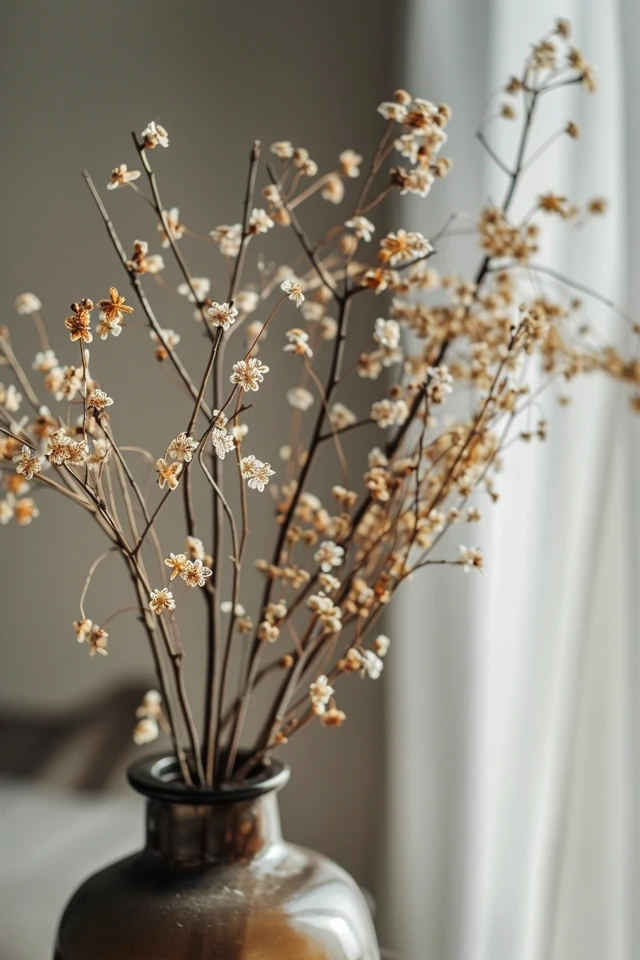
Key Takeaways:
- Select a cohesive color scheme to unify different spaces.
- Use color psychology to enhance the mood of each room.
- Incorporate accent colors for visual interest and depth.
- Balance bold and neutral tones to create a dynamic environment.
- Consider the natural light in each room when choosing colors.

1. Select a Cohesive Color Scheme
A cohesive color scheme ensures that your home has a unified and harmonious look. Start by choosing a base color that can be used throughout the house. This could be a neutral shade like white, beige, or gray, which provides a versatile backdrop.
Tips for a cohesive color scheme:
- Base Color: Use the base color on walls, ceilings, or large pieces of furniture. This creates a consistent foundation.
- Complementary Colors: Choose two or three complementary colors to use as accents throughout your home. These colors should work well with your base color and with each other.
- Color Flow: Ensure there is a smooth transition between rooms by carrying elements of the color scheme from one space to another. This can be done through accessories, textiles, or small pieces of furniture.
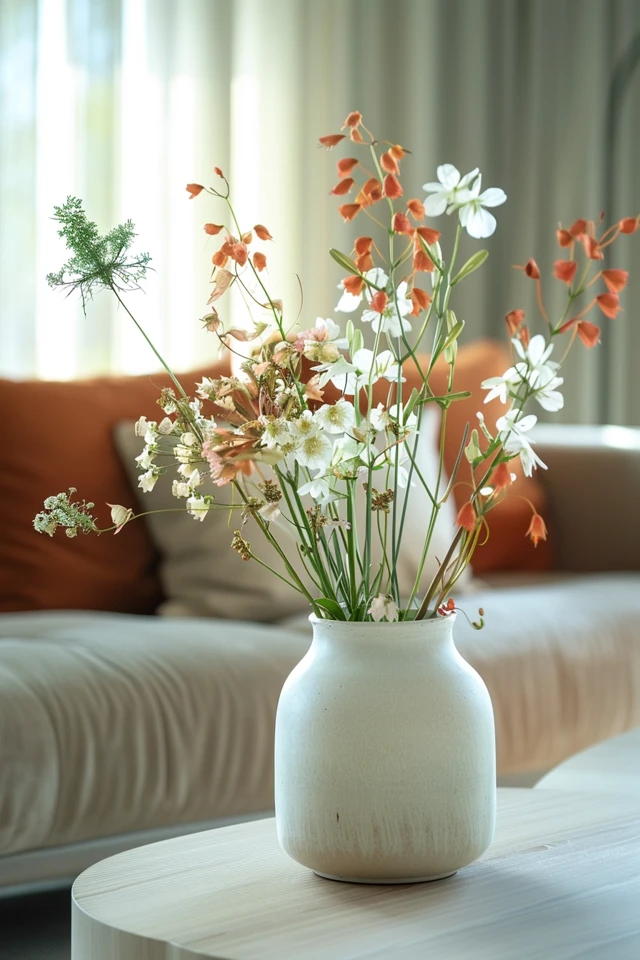
2. Use Color Psychology to Enhance the Mood
Colors can evoke different emotions and set the tone for each room. Understanding color psychology can help you choose the right hues for various spaces.
Color psychology insights:
- Living Room: Warm colors like soft yellows, oranges, and earthy tones create a welcoming and cozy atmosphere. These colors are perfect for social spaces.
- Bedroom: Cool colors like blues, greens, and lavenders promote relaxation and restful sleep. These hues are ideal for creating a tranquil bedroom environment.
- Kitchen: Bright colors like reds and yellows can stimulate appetite and energy, making them great for kitchens. However, balance them with neutrals to avoid overwhelming the space.
- Home Office: Neutral and muted tones like grays, soft blues, and greens can enhance focus and productivity. These colors create a calm and professional workspace.
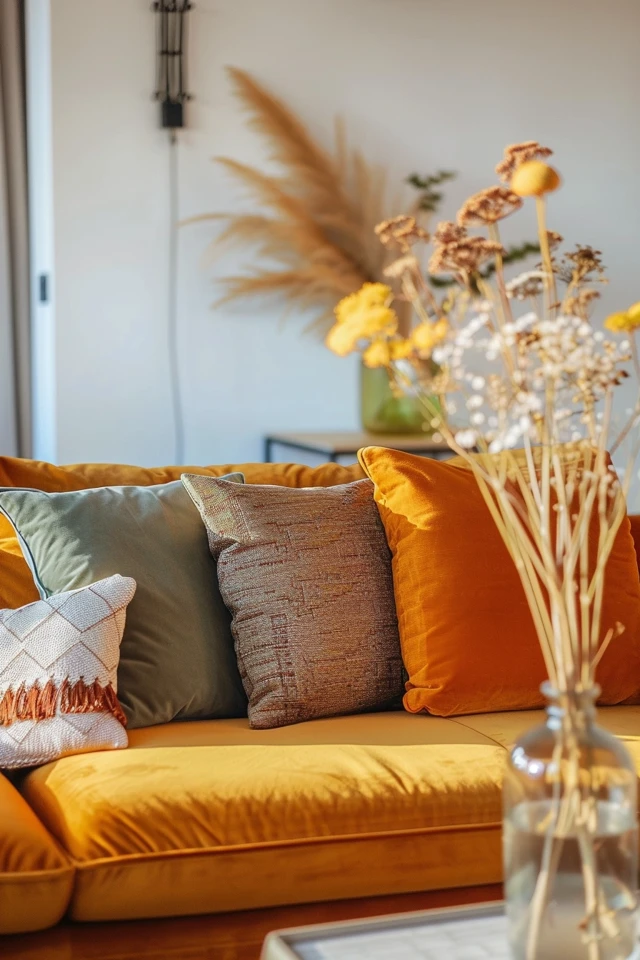
3. Incorporate Accent Colors
Accent colors add depth and visual interest to a room. They can be used to highlight architectural features, draw attention to specific areas, or introduce pops of color.
Ways to use accent colors:
- Accent Walls: Paint one wall in a bold color to create a focal point. This works well in living rooms, bedrooms, and dining areas.
- Accessories: Use cushions, rugs, vases, and artwork in your chosen accent colors. These items can be easily swapped out to refresh the look of a room.
- Furniture: Consider accent chairs, side tables, or cabinets in vibrant hues. These pieces can add character without overwhelming the space.
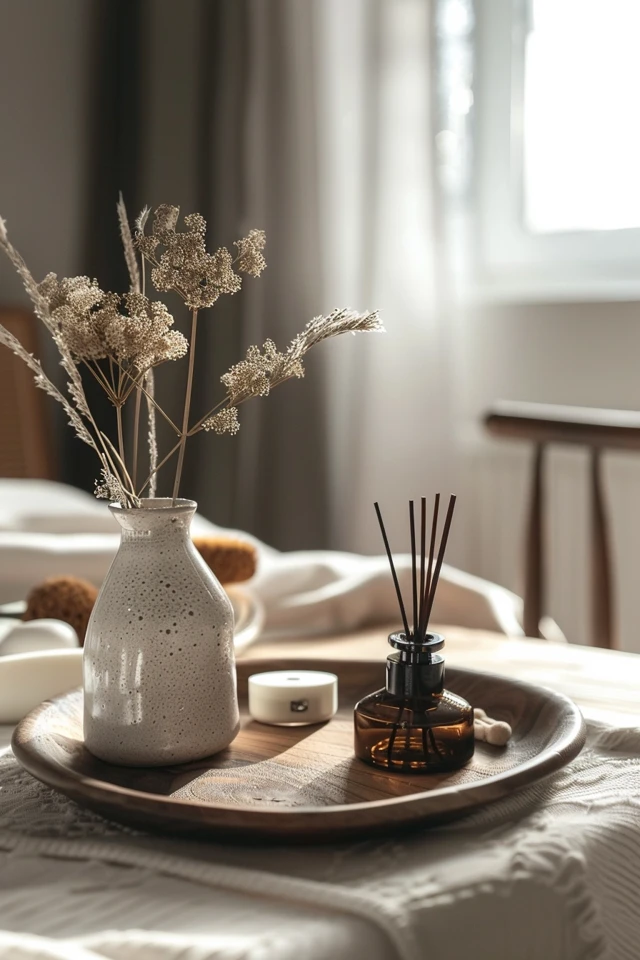
4. Balance Bold and Neutral Tones
Balancing bold and neutral tones is crucial for creating a dynamic yet harmonious environment. Neutrals provide a calming backdrop, while bold colors add personality and energy.
Balancing tips:
- 60-30-10 Rule: Use this rule to balance your color palette. 60% should be a dominant neutral color (walls, floors), 30% a secondary color (furniture, textiles), and 10% an accent color (accessories, decor).
- Layering: Layer different shades and textures within your neutral palette to add depth. For instance, mix beige with off-white and taupe, or gray with silver and charcoal.
- Bold Elements: Introduce bold colors in smaller doses, such as through throw pillows, artwork, or a single statement piece of furniture.
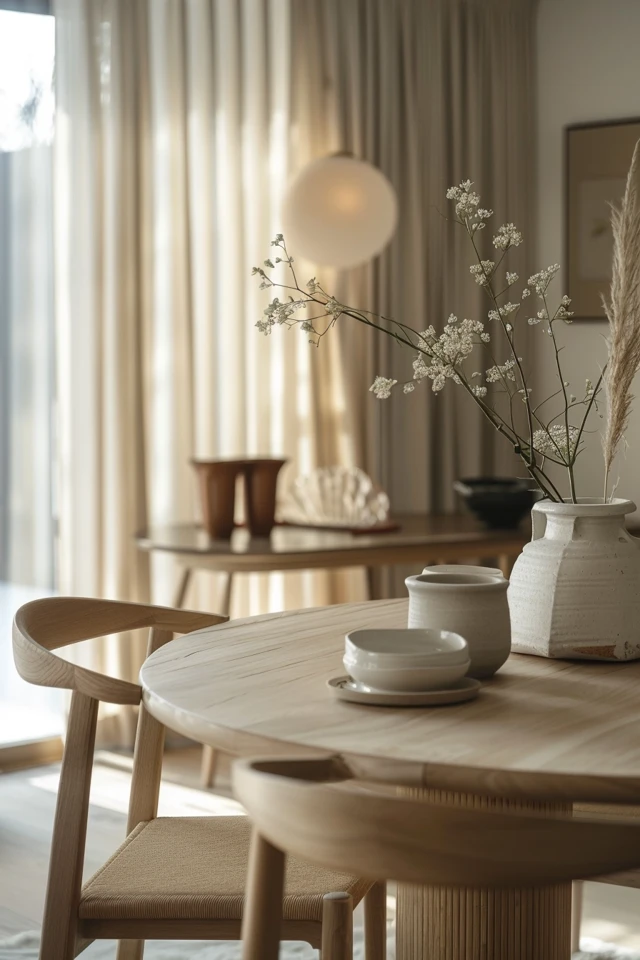
5. Consider the Natural Light
Natural light significantly affects how colors appear in a room. Consider the orientation of your room and the quality of natural light it receives when choosing colors.
Lighting considerations:
- North-Facing Rooms: These rooms receive cooler, indirect light. Warm colors can counteract the coolness and make the space feel cozier.
- South-Facing Rooms: These rooms are filled with warm, direct sunlight. Cool colors can balance the warmth and create a refreshing environment.
- East-Facing Rooms: Morning light in these rooms is bright and warm, while afternoon light is cooler. Consider soft, neutral colors that adapt well to changing light.
- West-Facing Rooms: These rooms have warm, golden light in the afternoon and evening. Warm colors can enhance this effect, while cool colors can provide contrast.
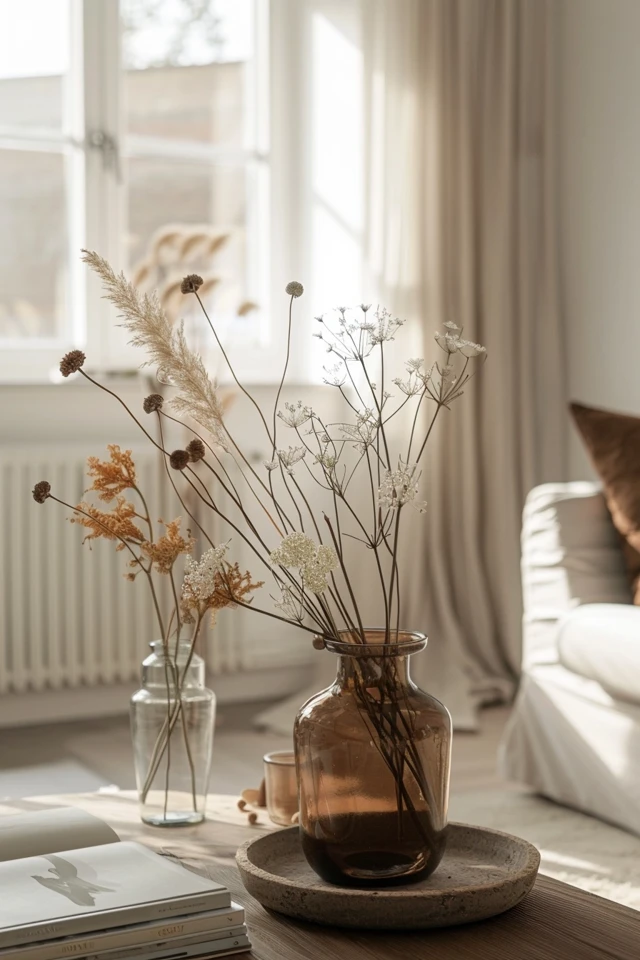
Conclusion
Creating a harmonious home with the right color palette involves thoughtful selection and strategic application of colors. By selecting a cohesive color scheme, using color psychology, incorporating accent colors, balancing bold and neutral tones, and considering natural light, you can design a home that is both beautiful and functional.
As an architect and interior designer, I believe that color has the power to transform spaces and influence our well-being. Follow these color palette inspirations to create a harmonious home that reflects your personal style and enhances your quality of life.
Inspirational Pictures
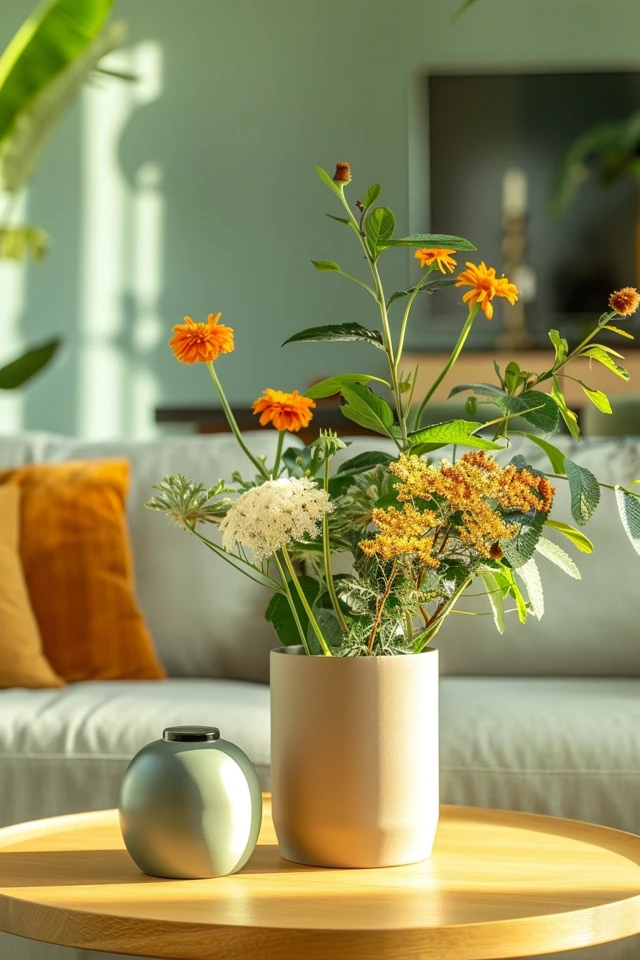
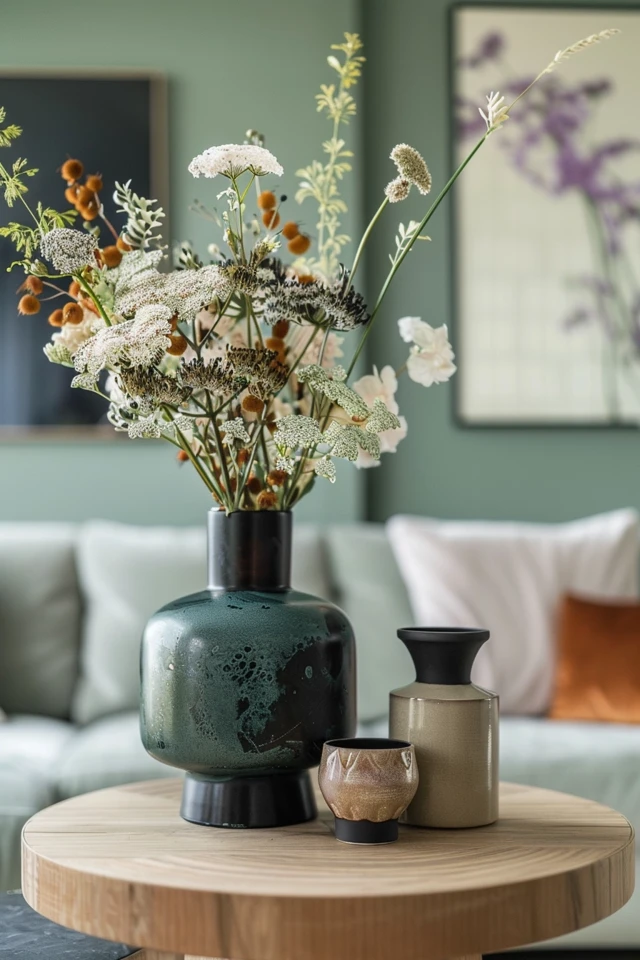
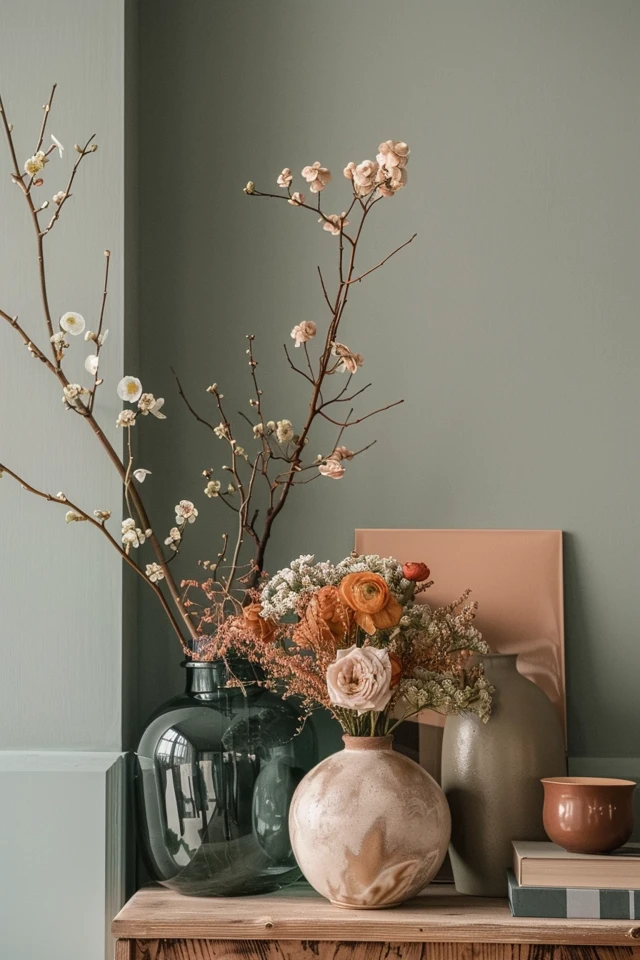
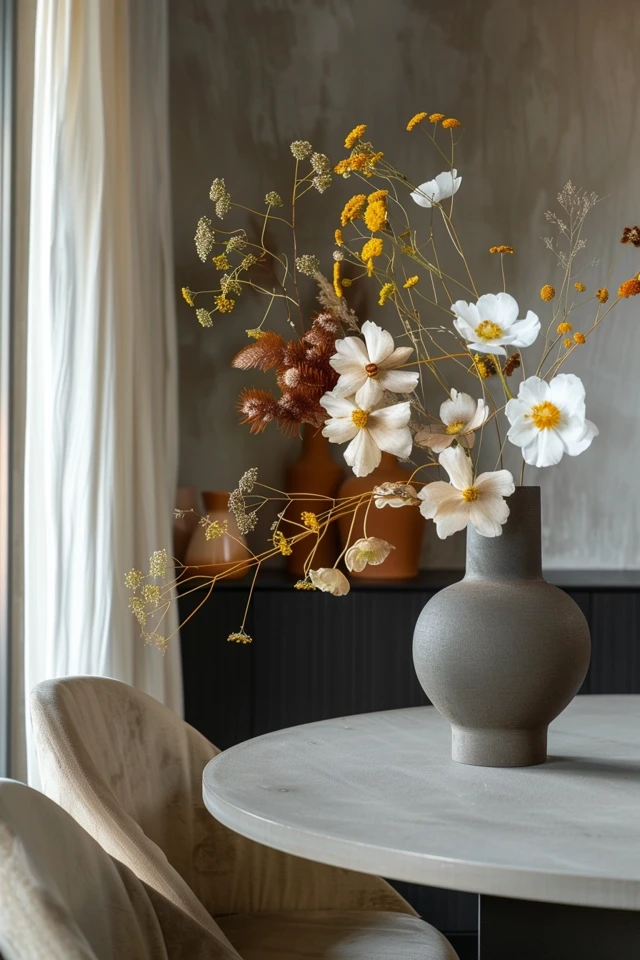
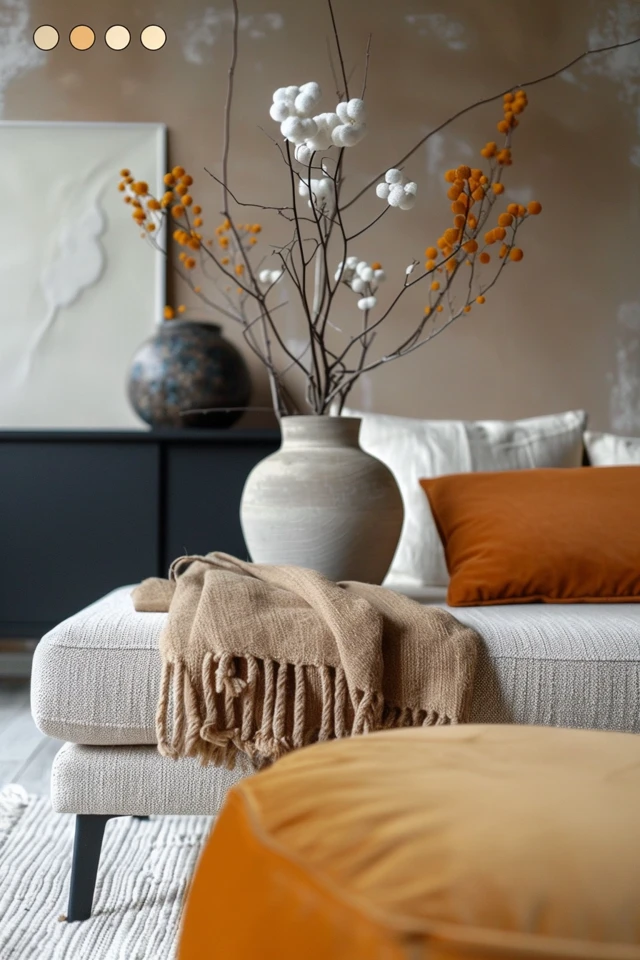
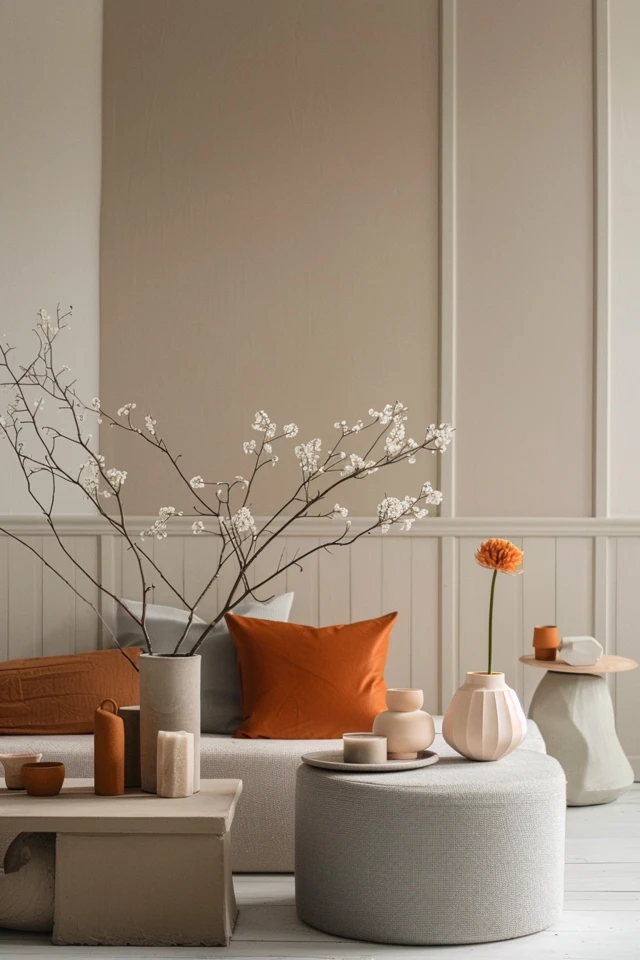
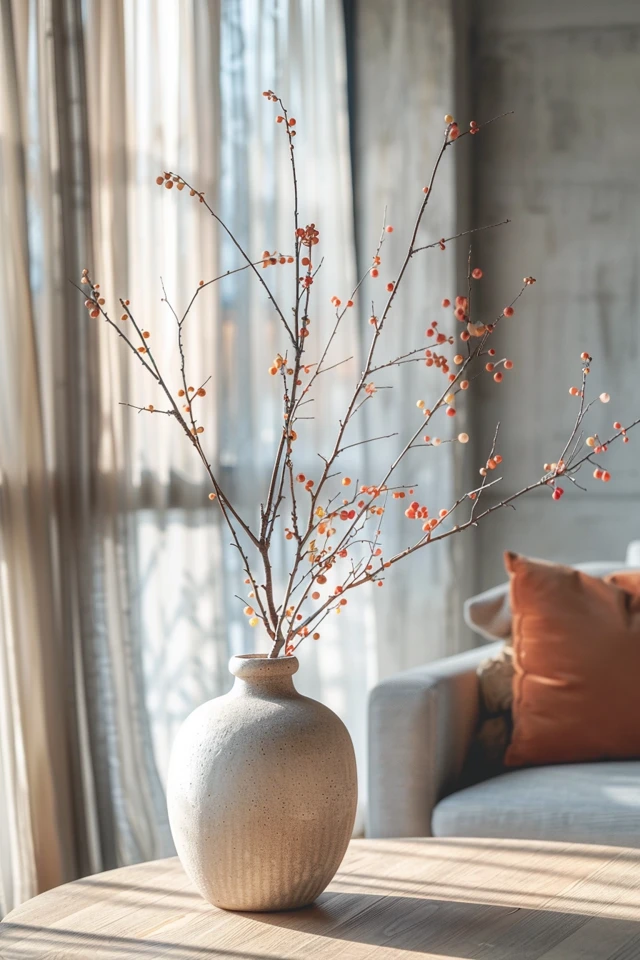

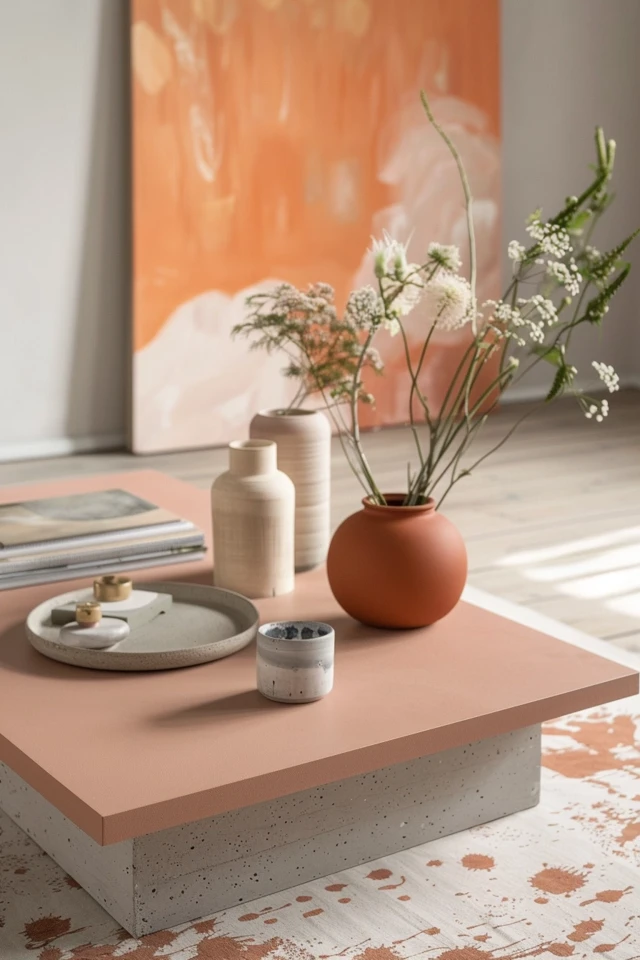
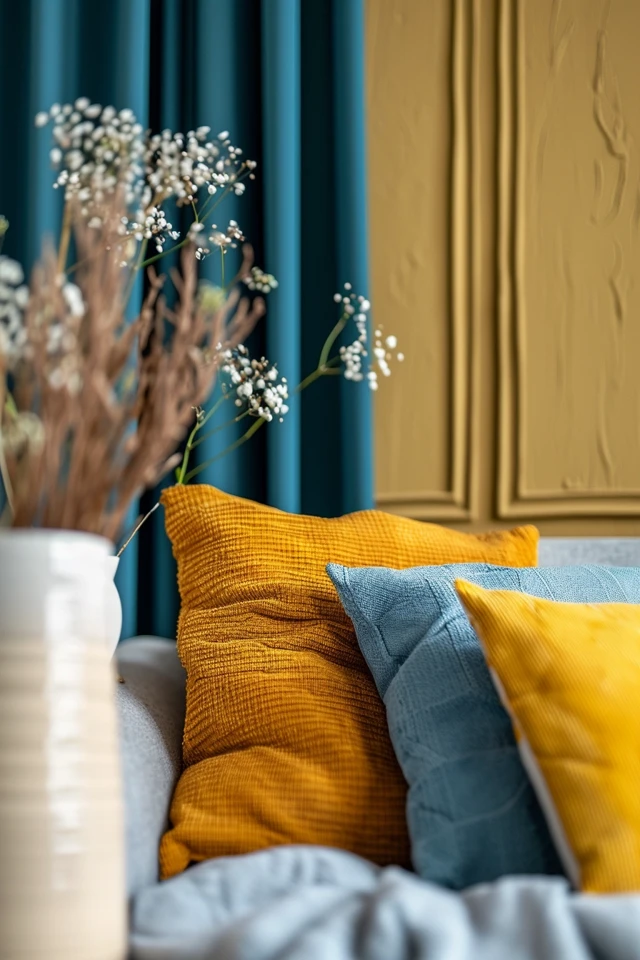
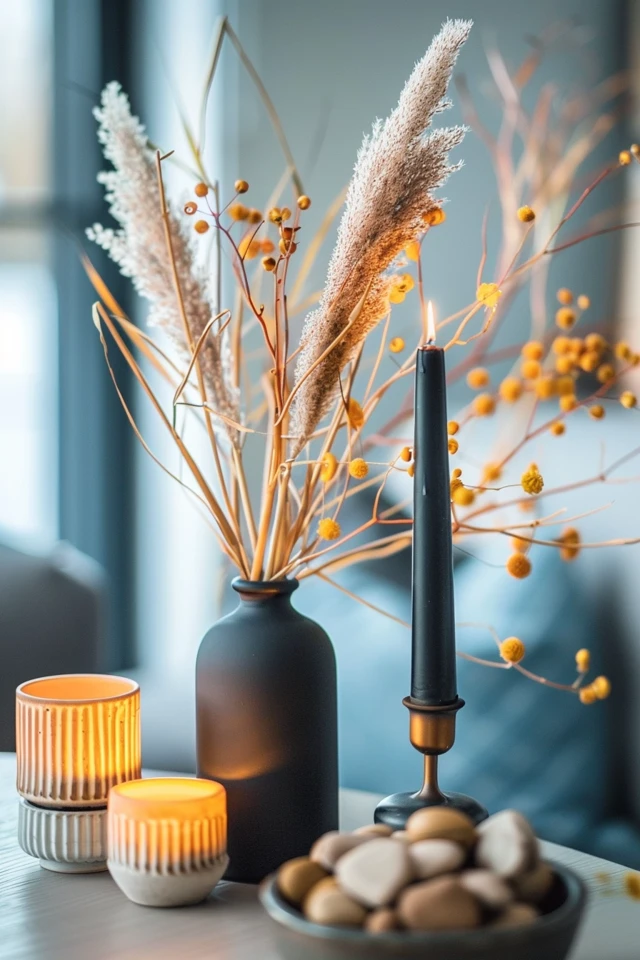
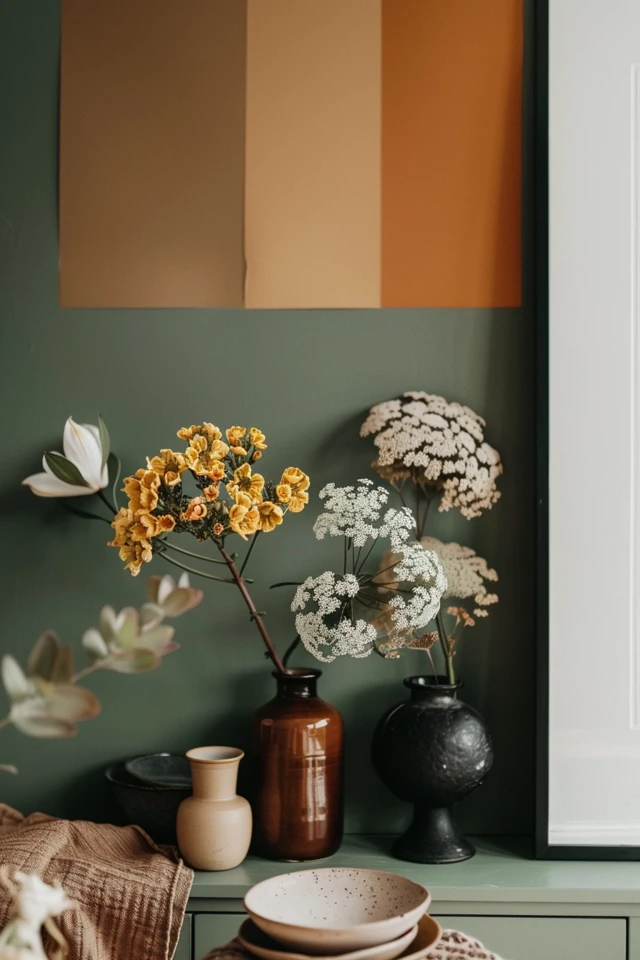
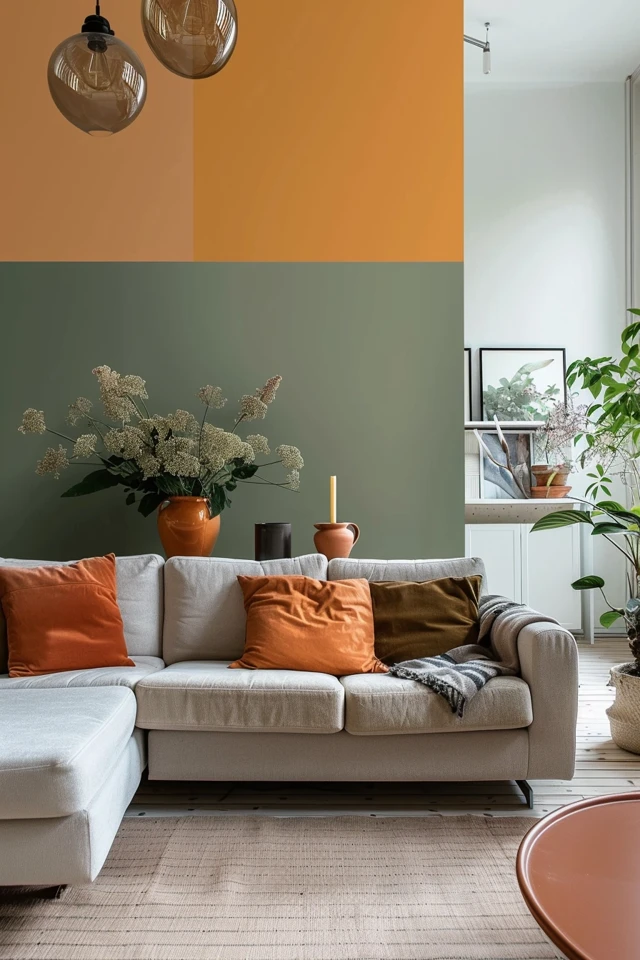
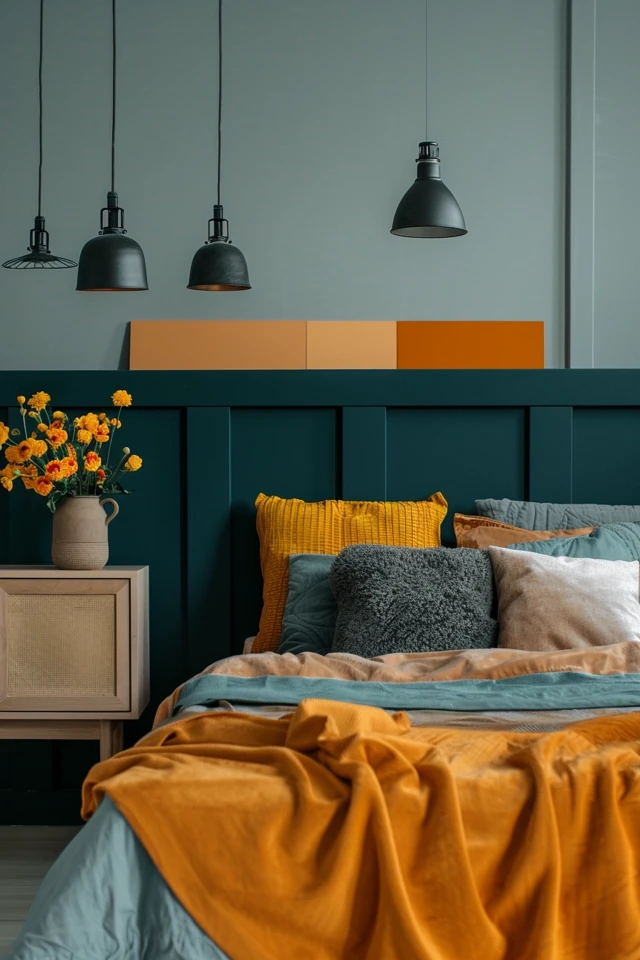
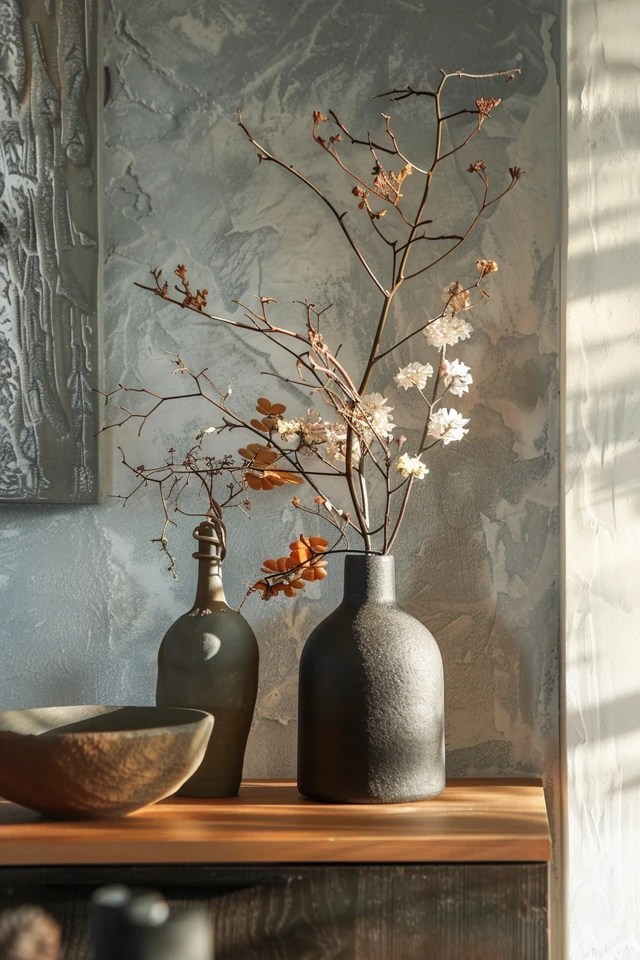
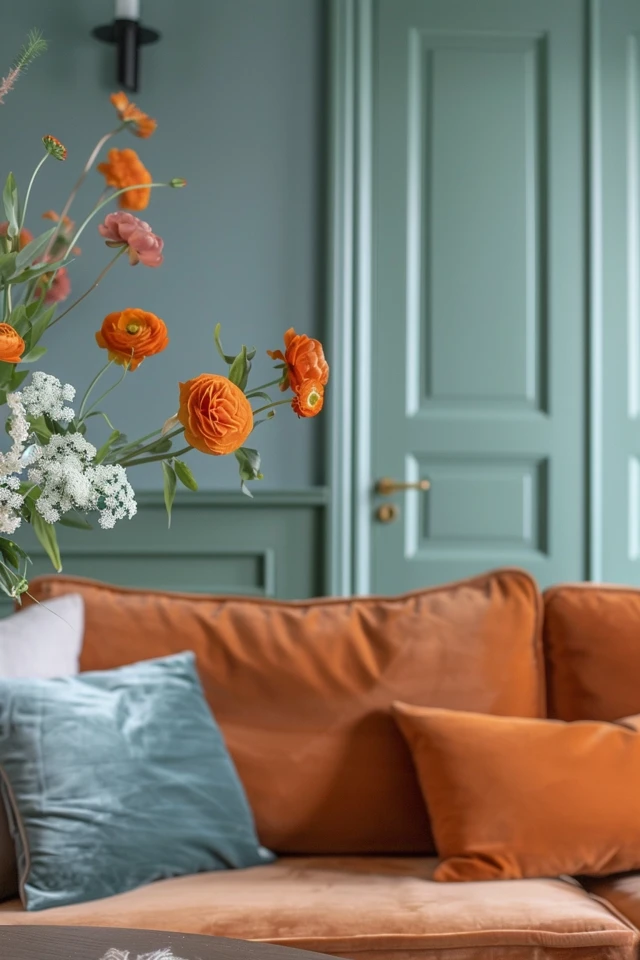
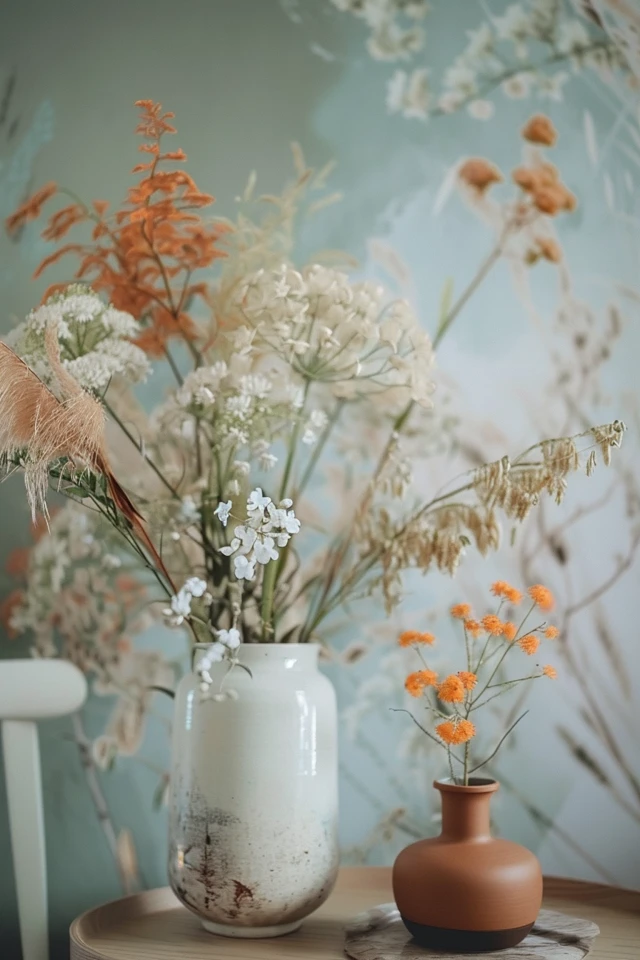
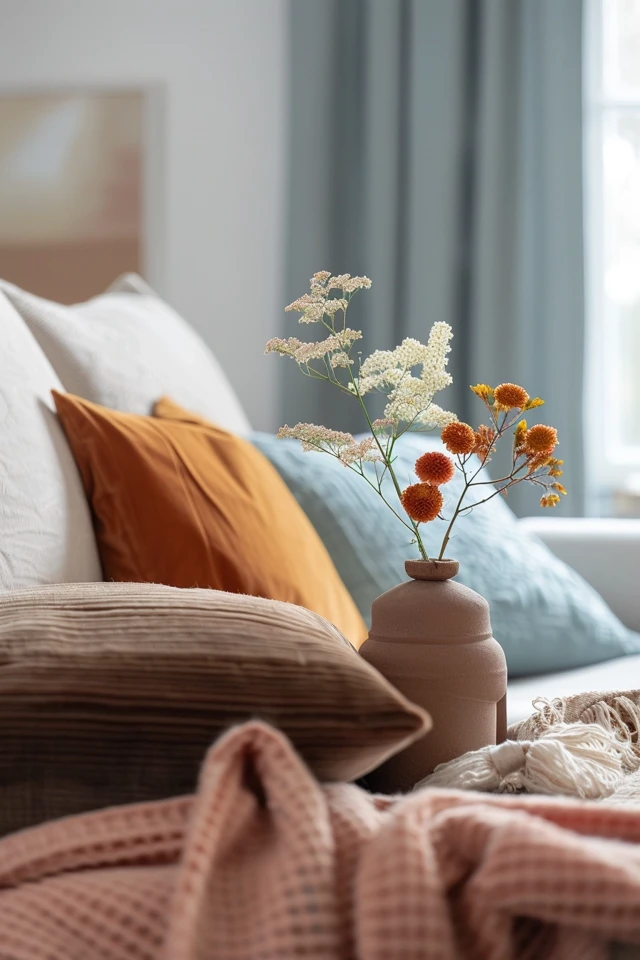
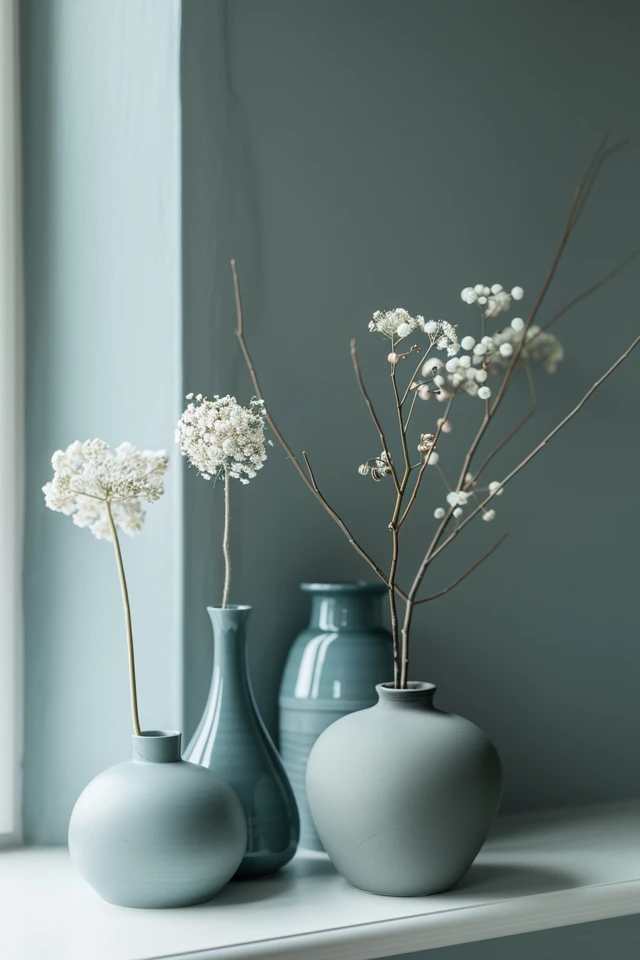
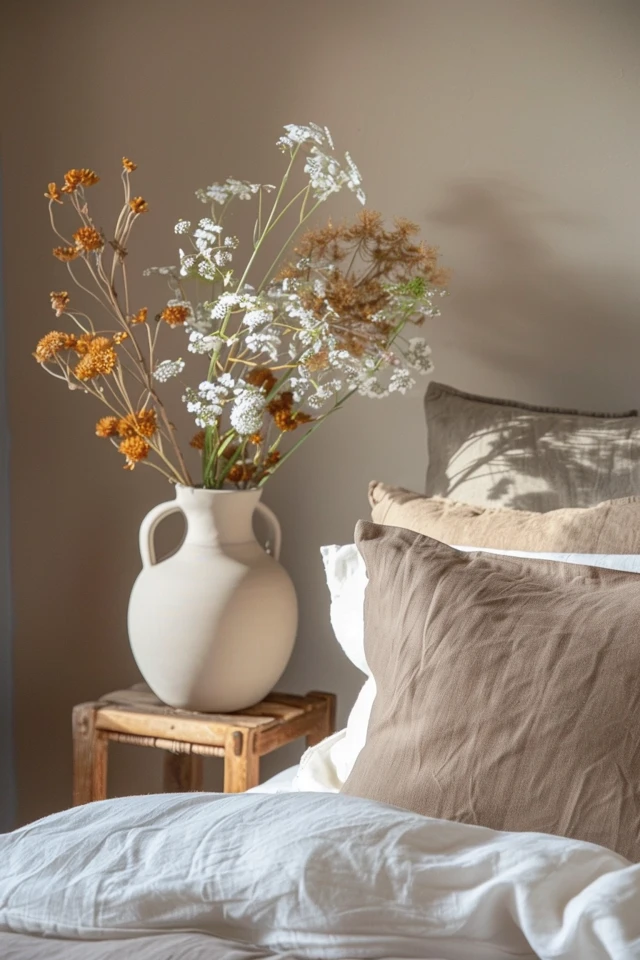
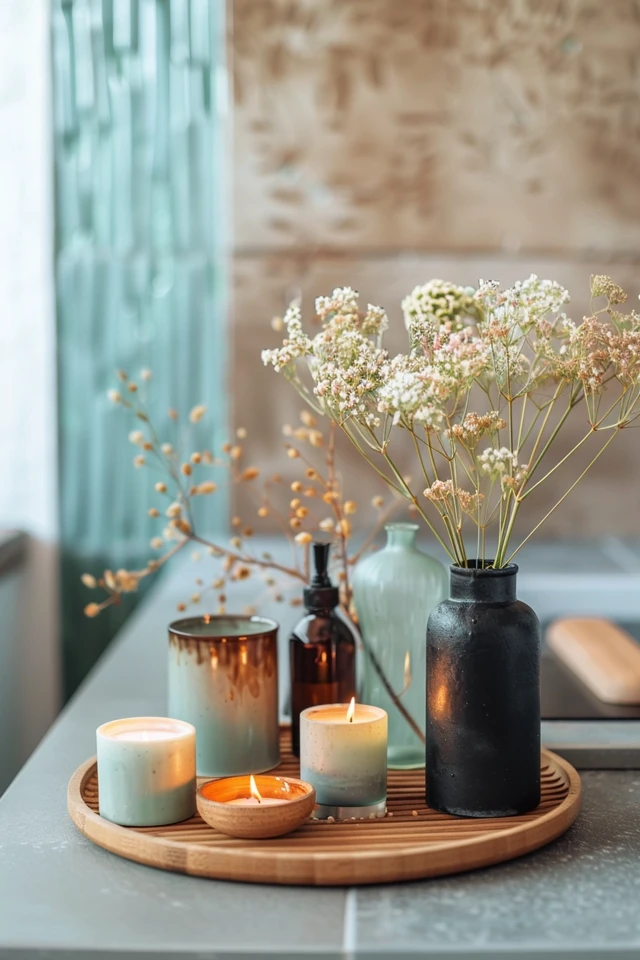
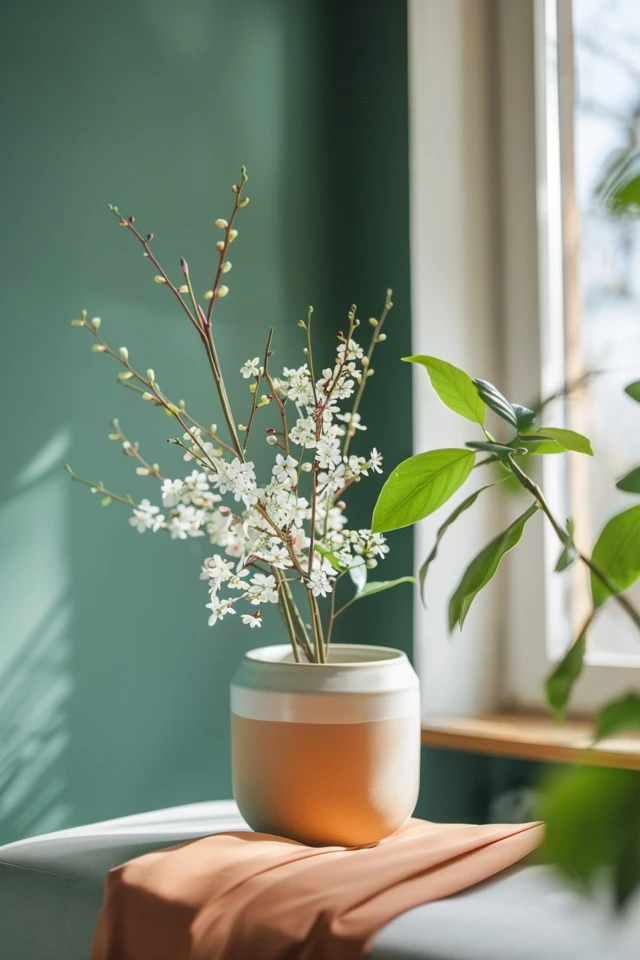
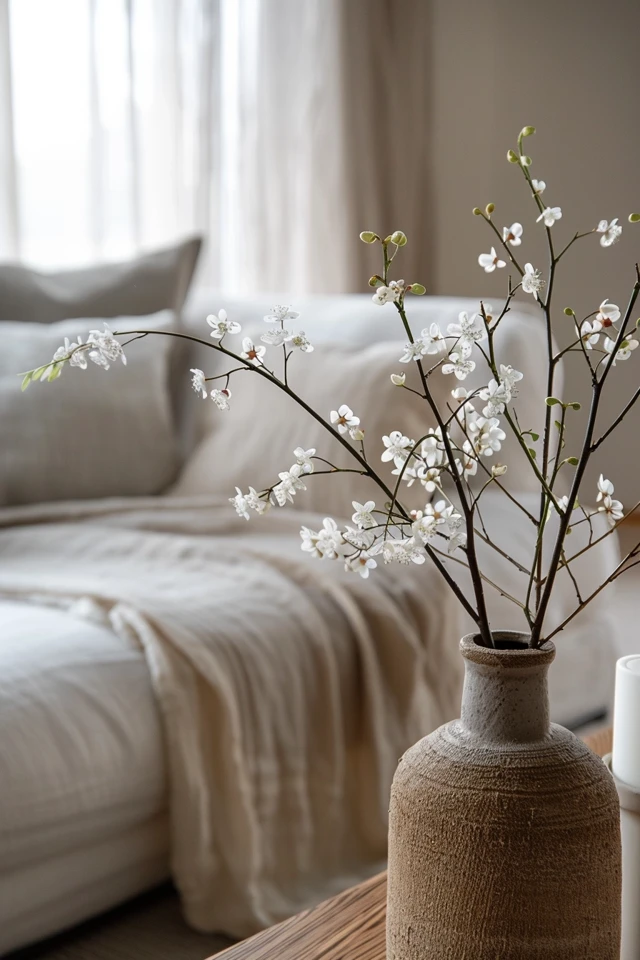
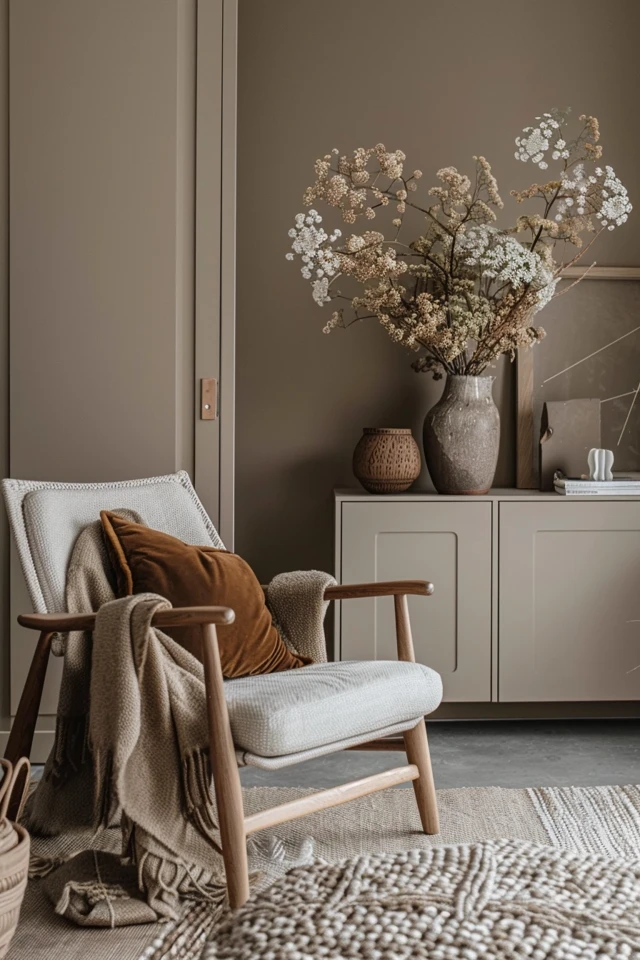
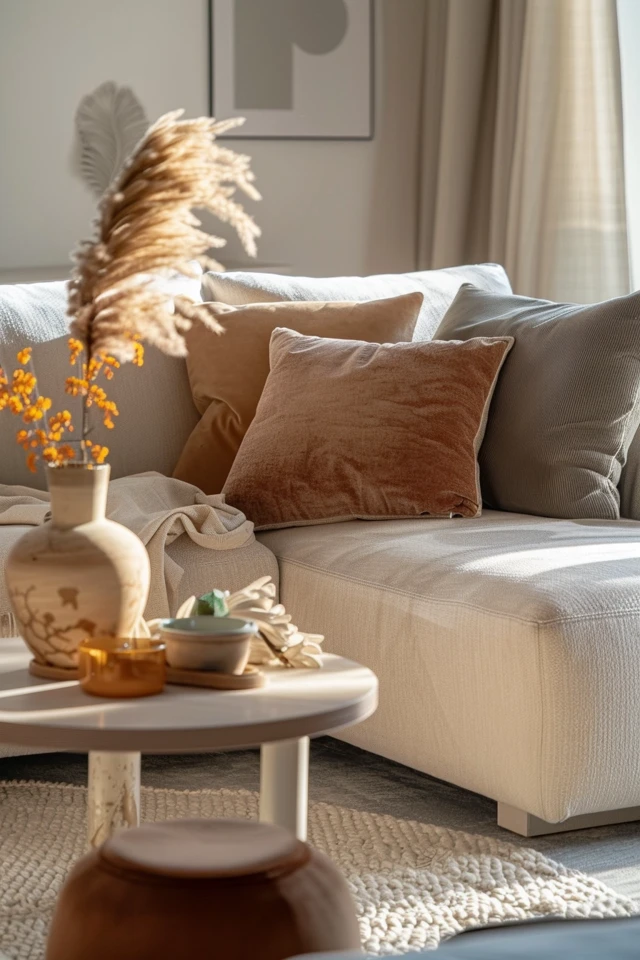
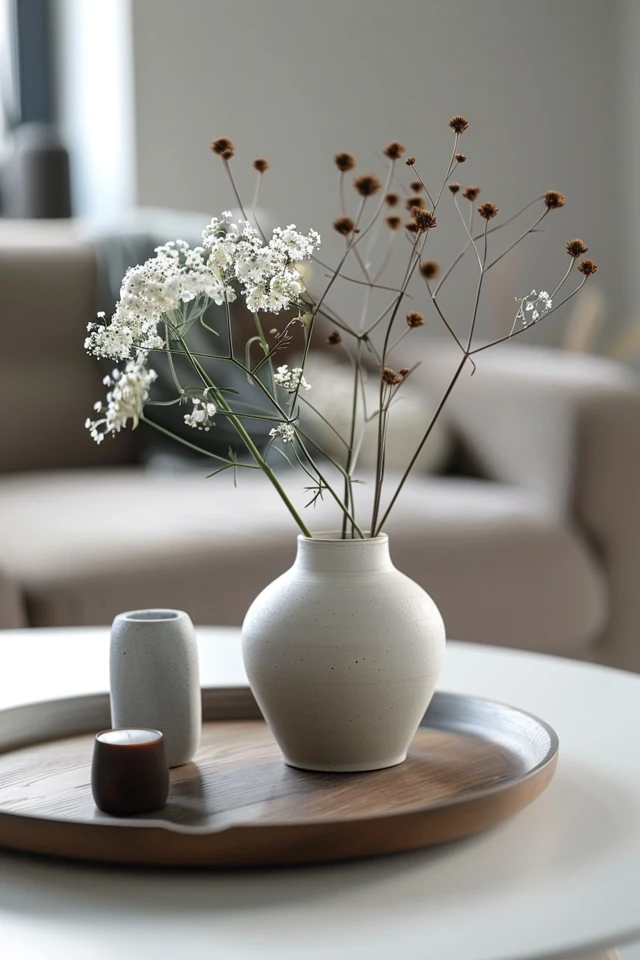
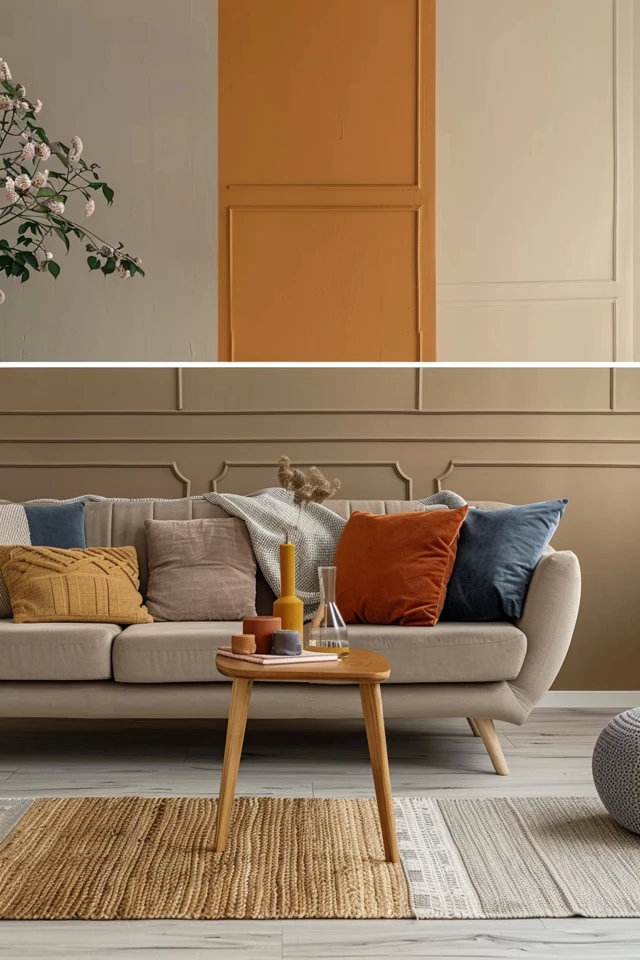

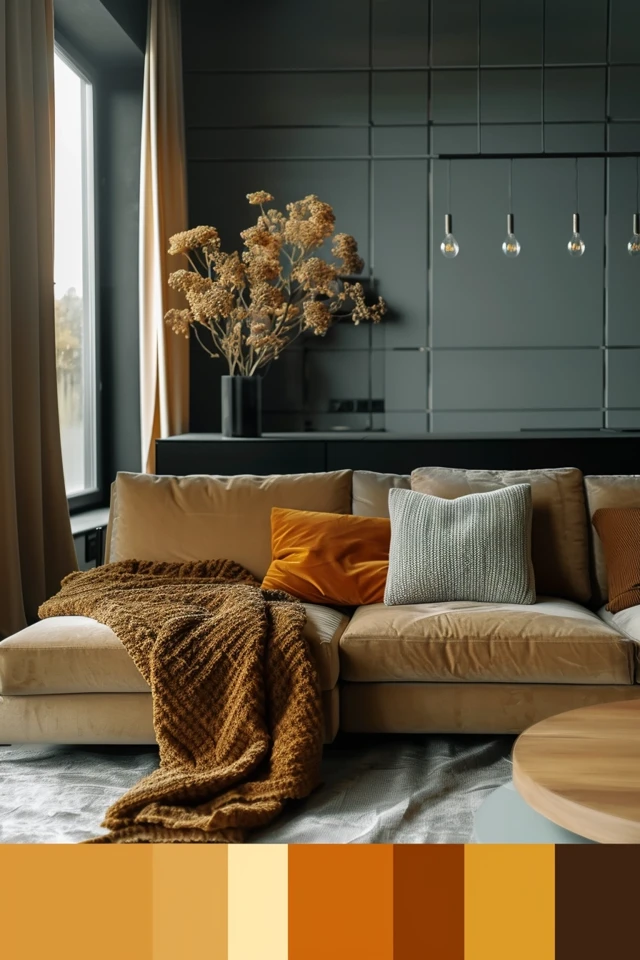
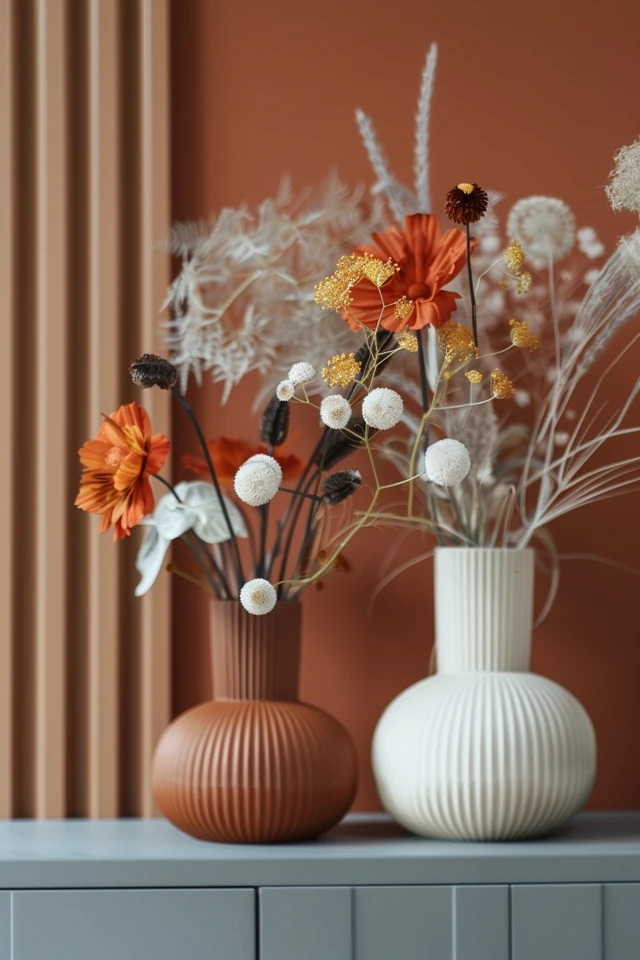
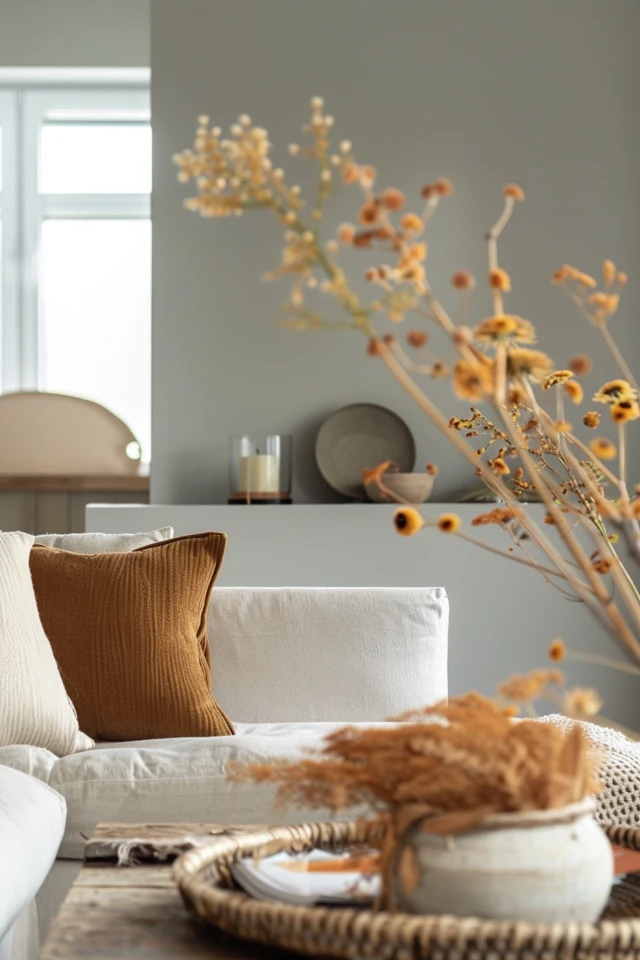
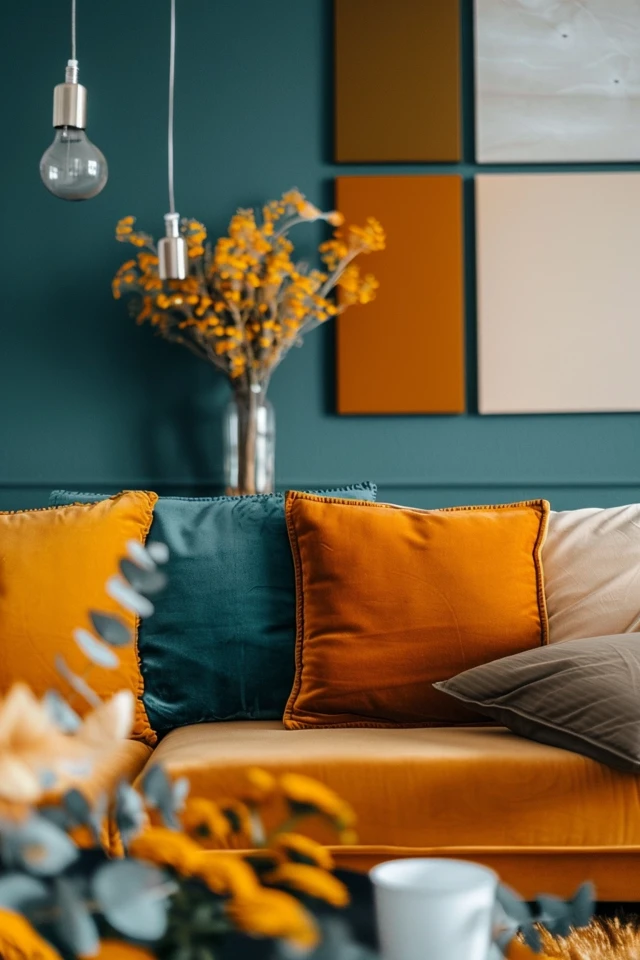
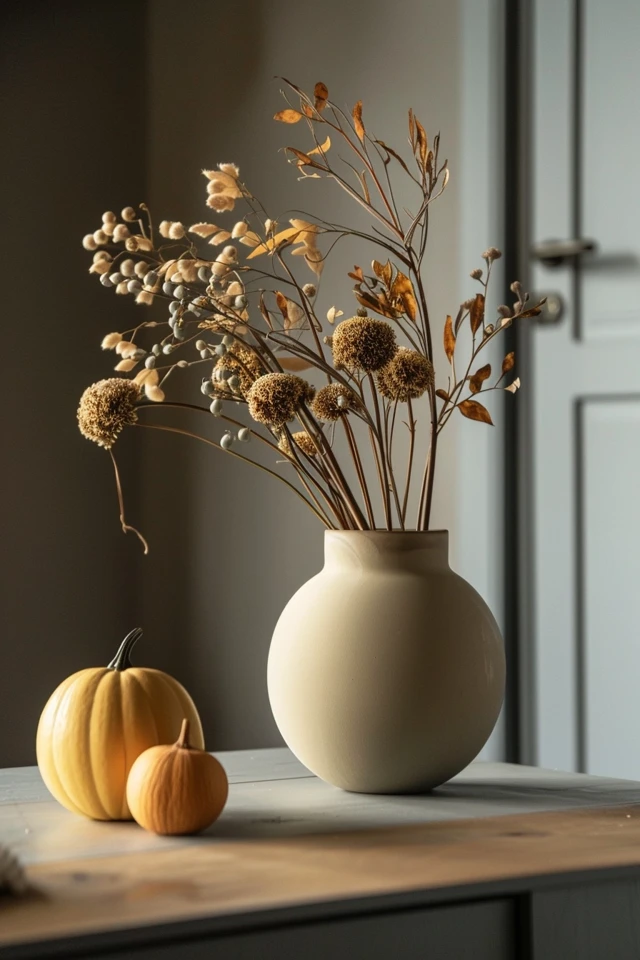
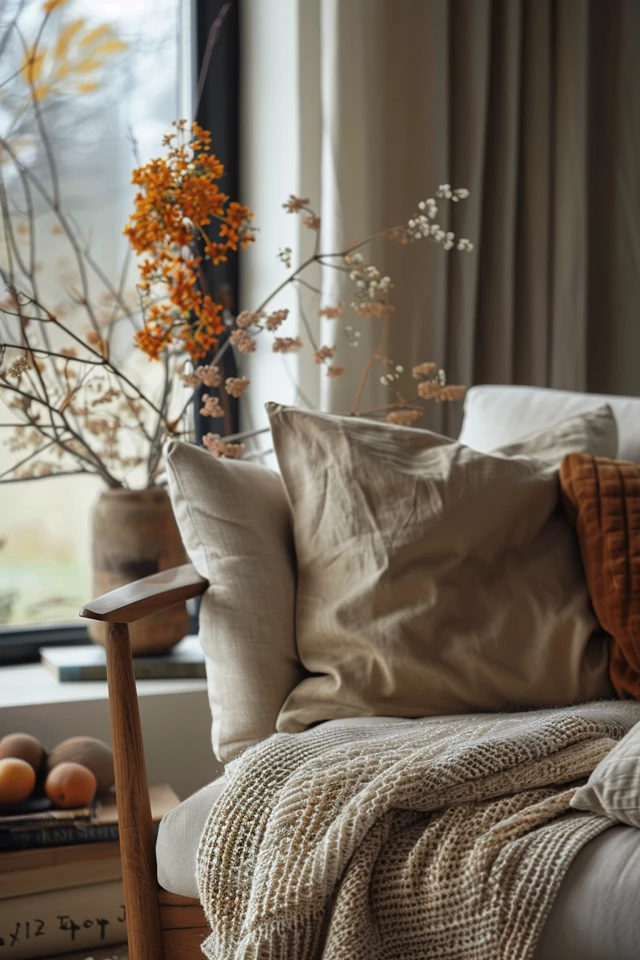
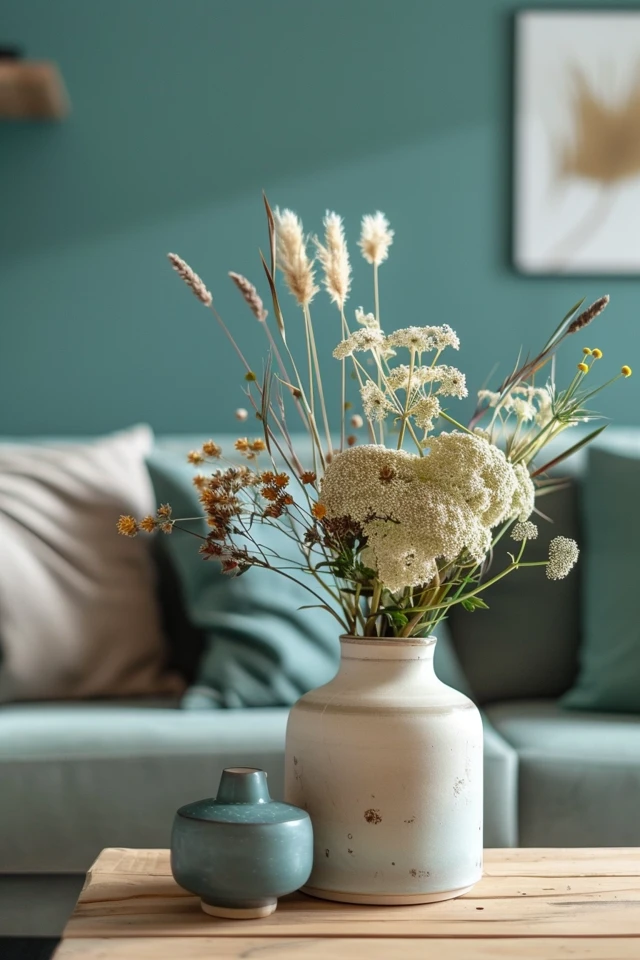
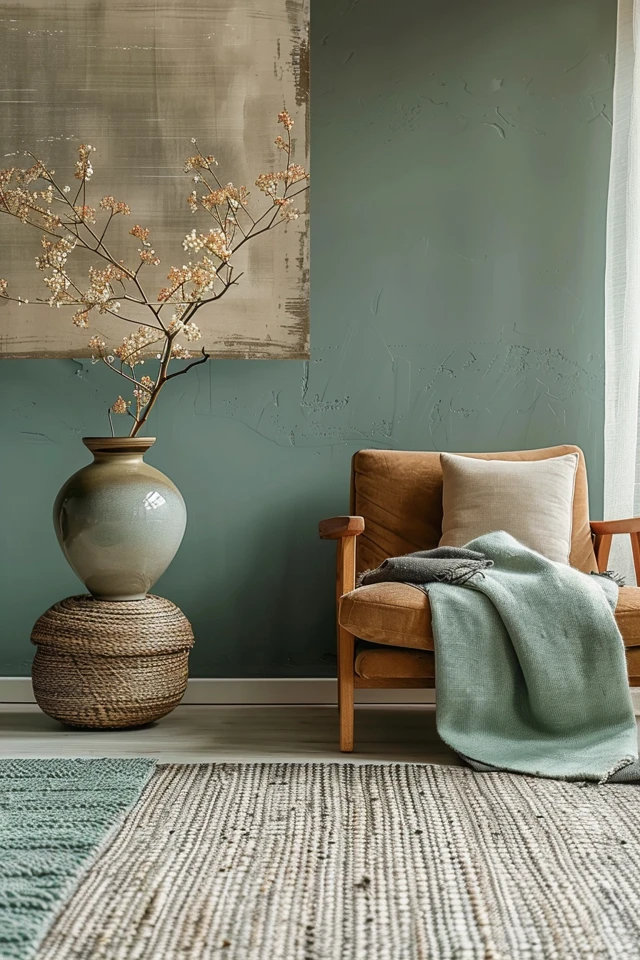
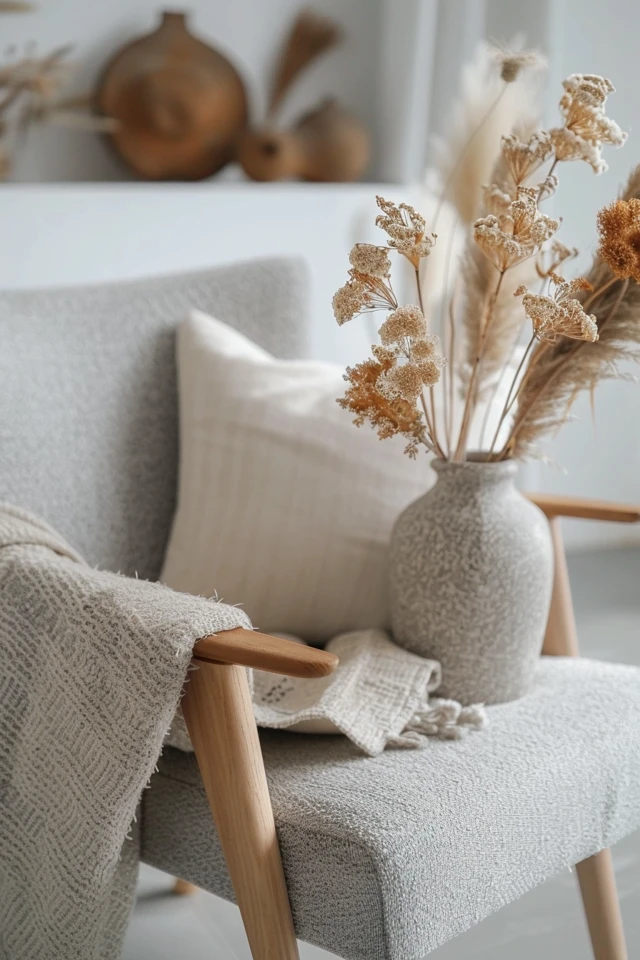
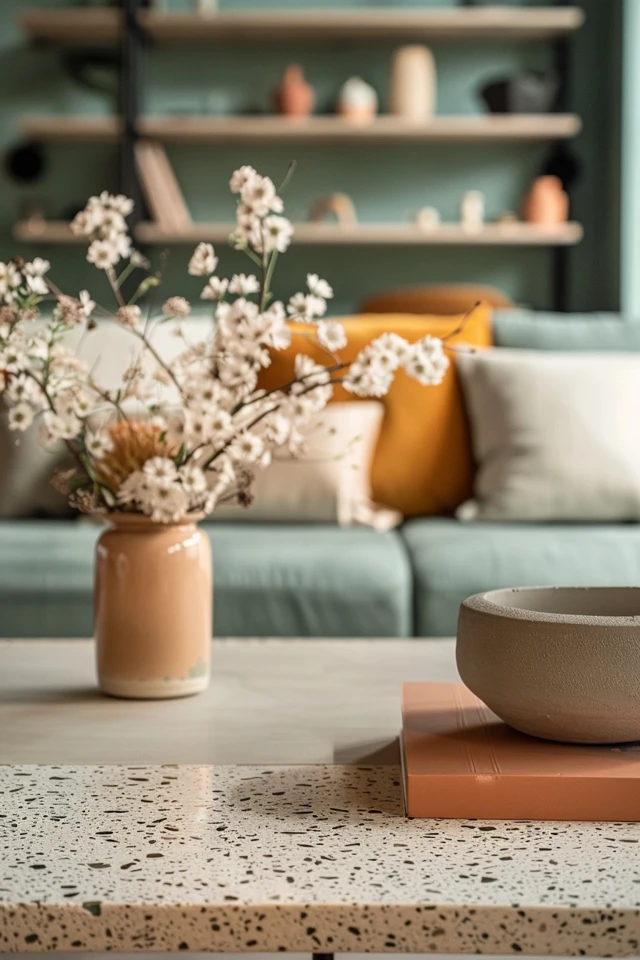
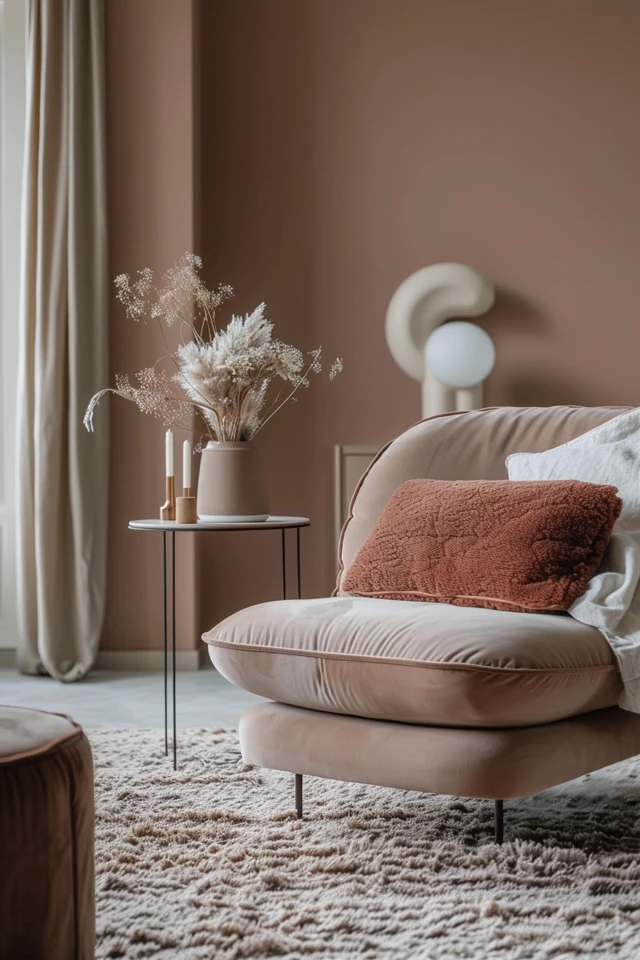
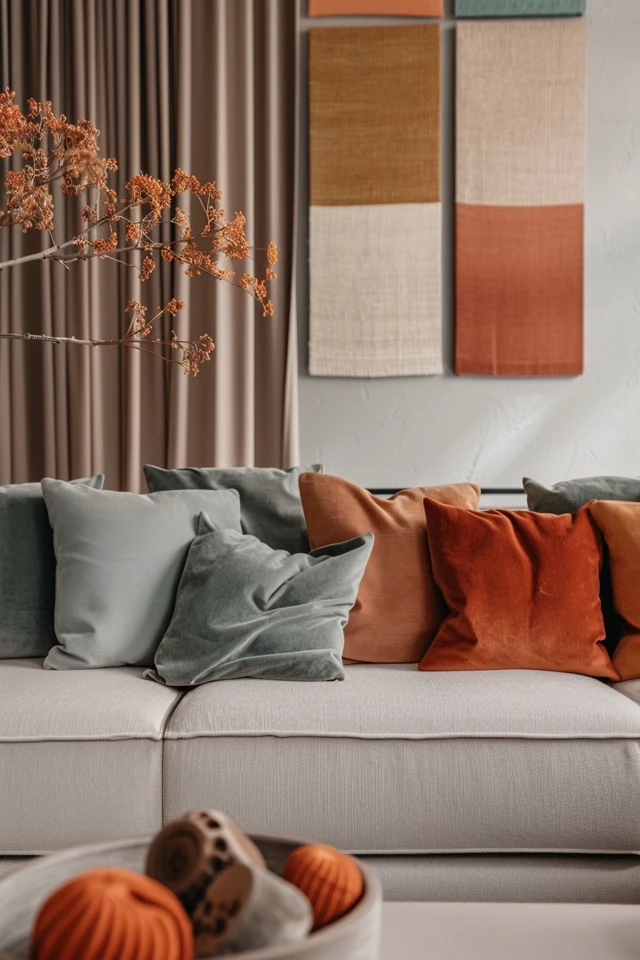
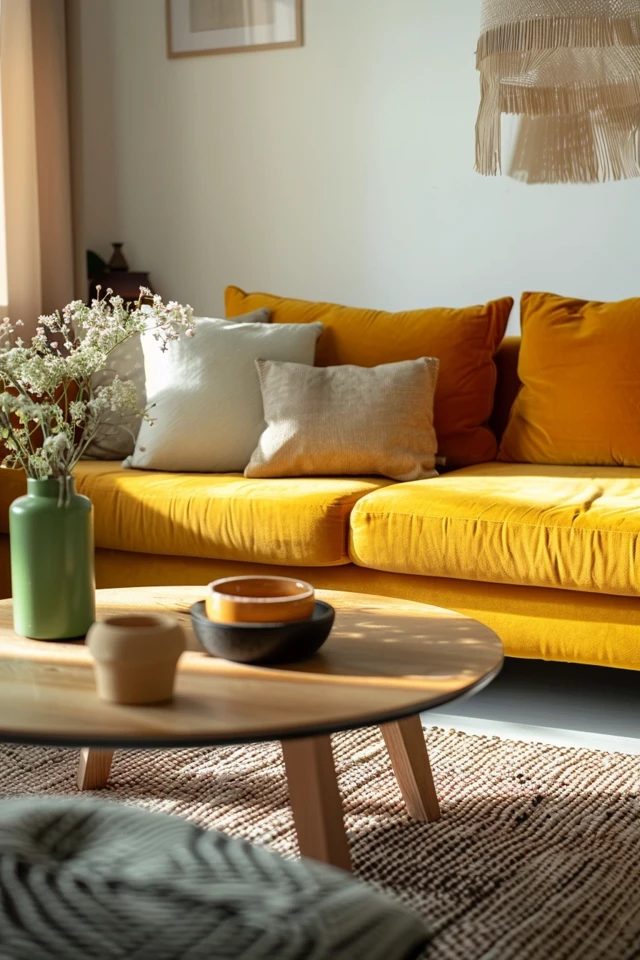

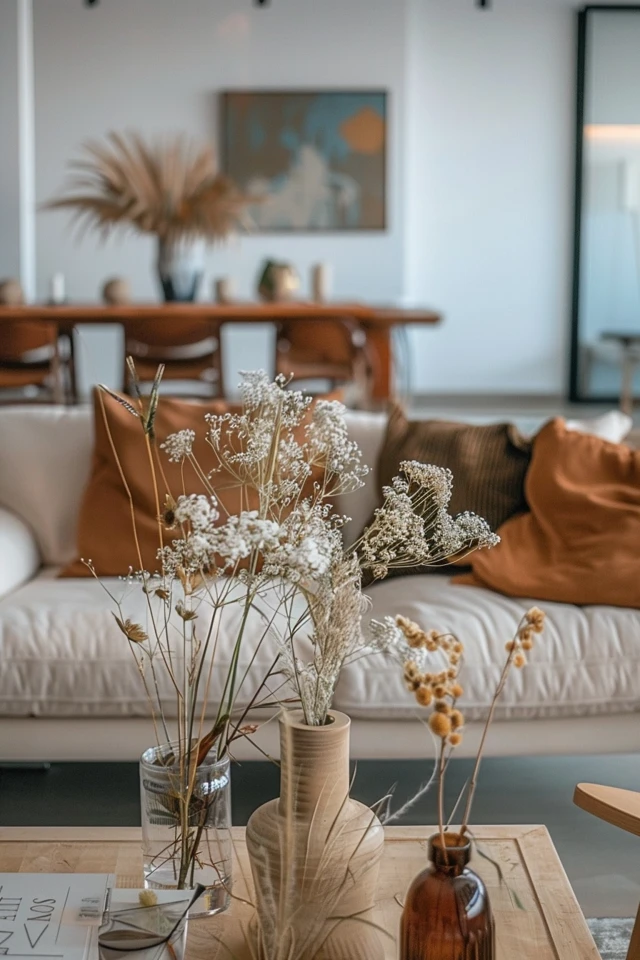
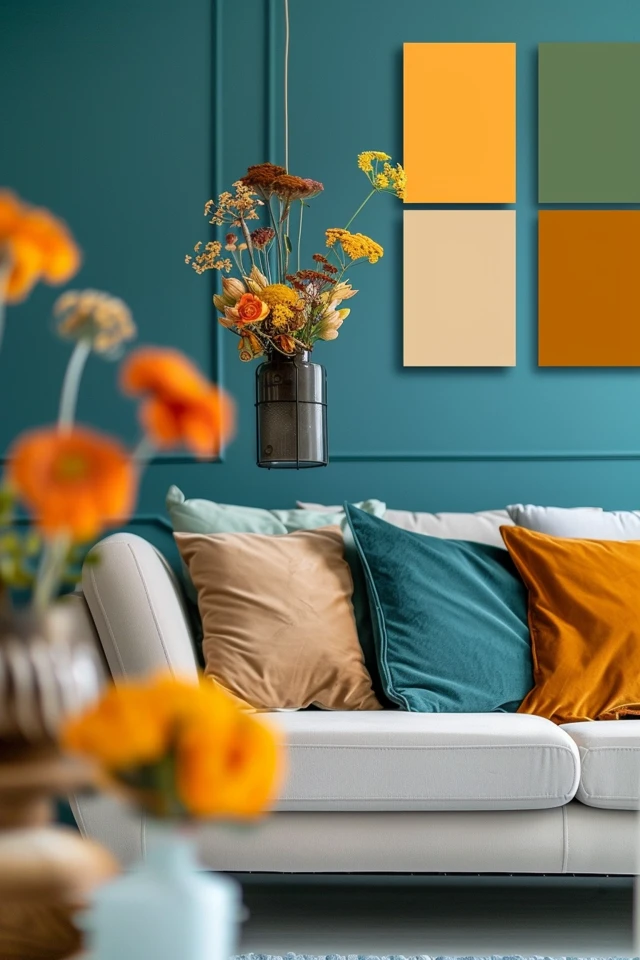
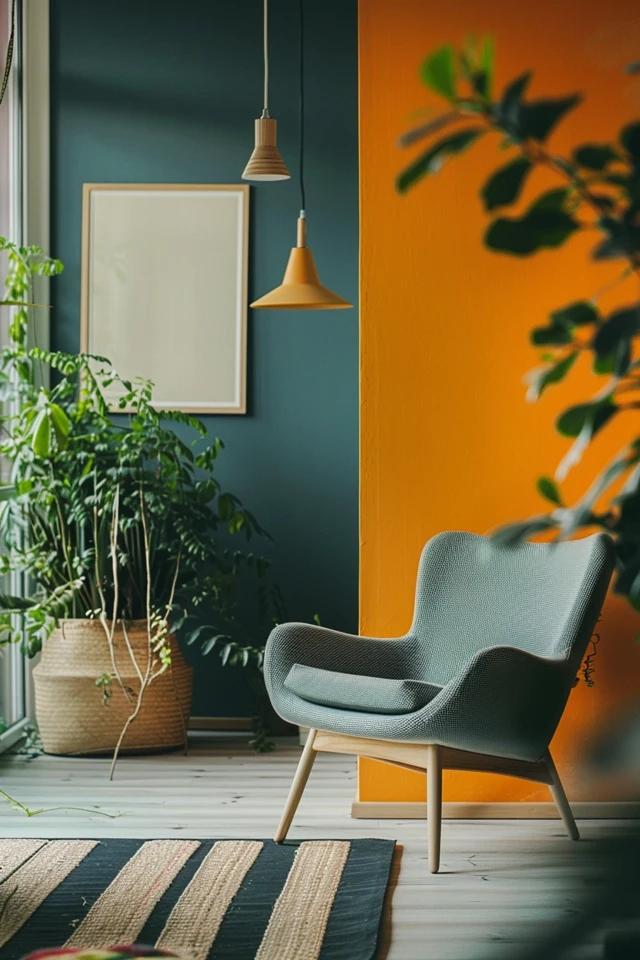
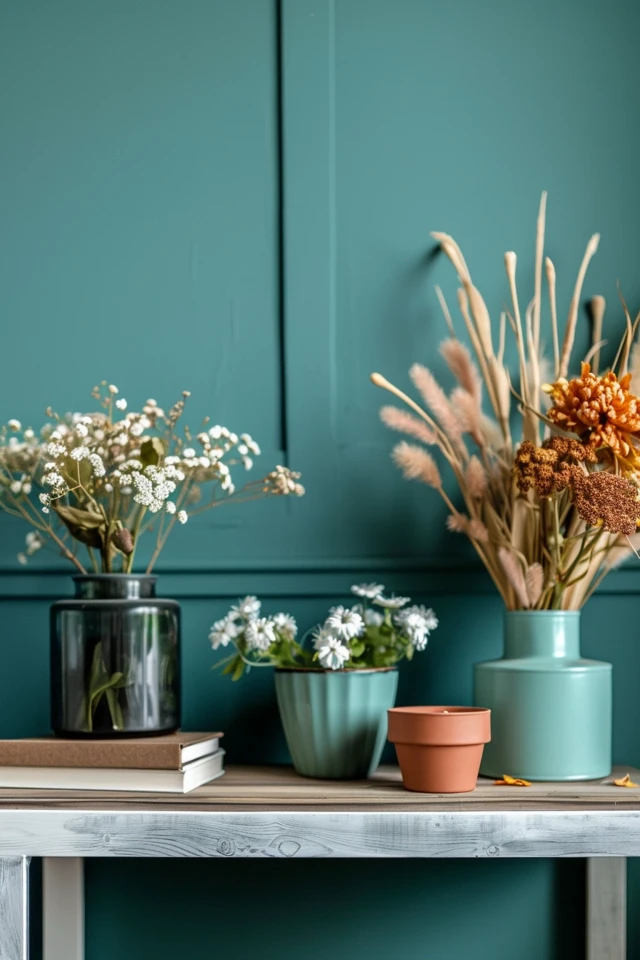

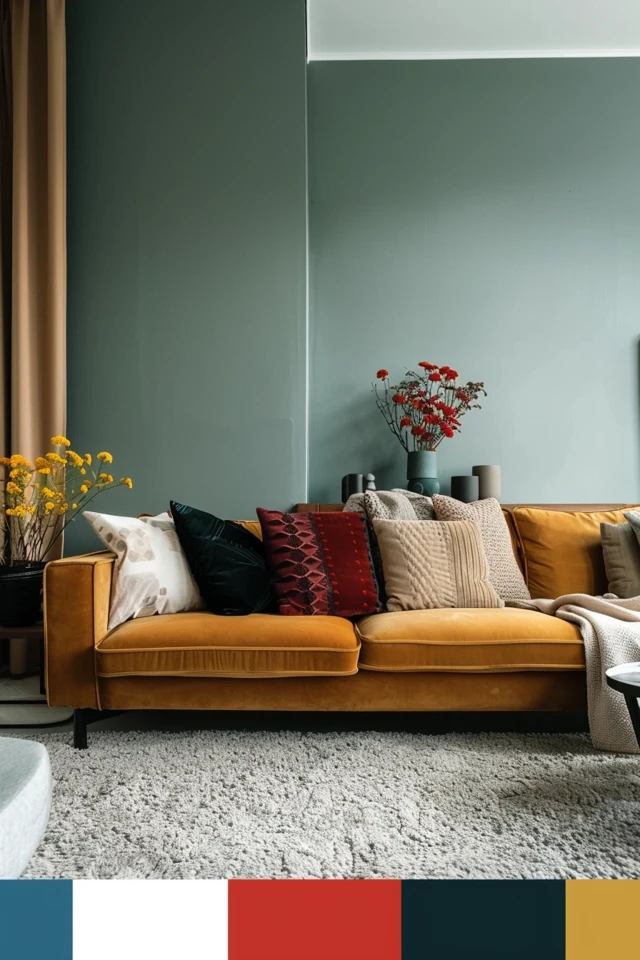
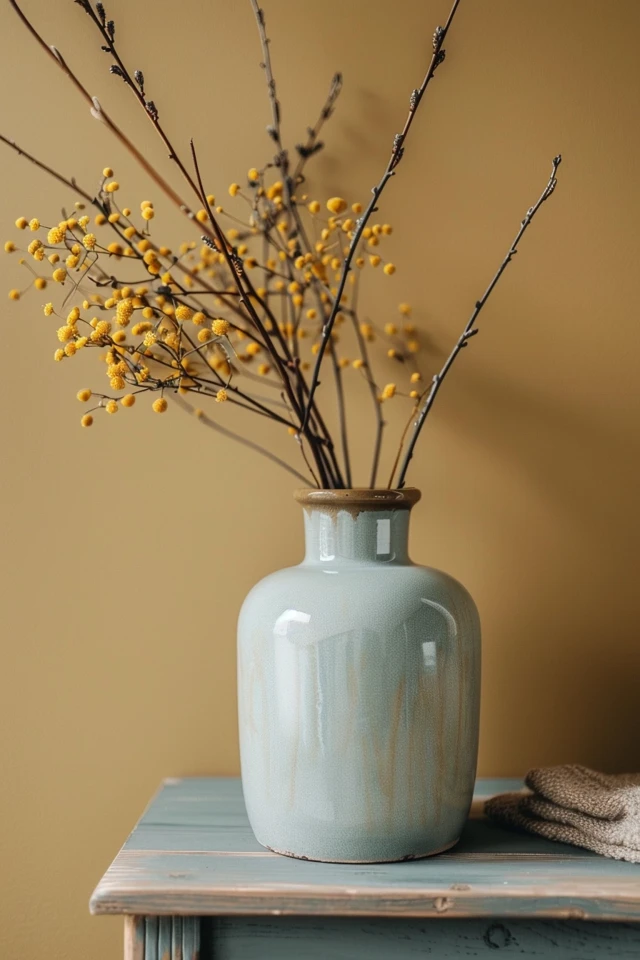
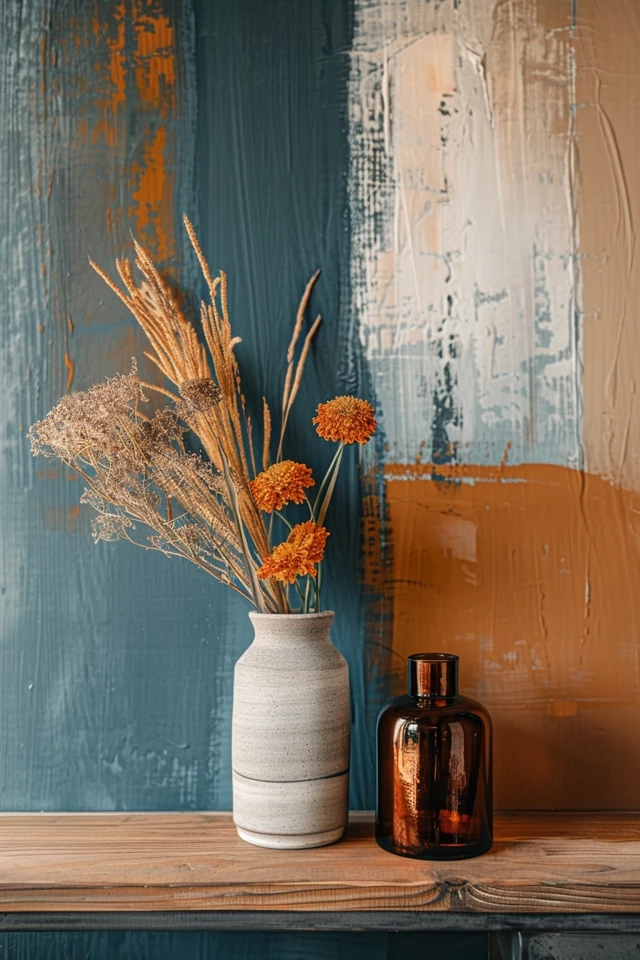
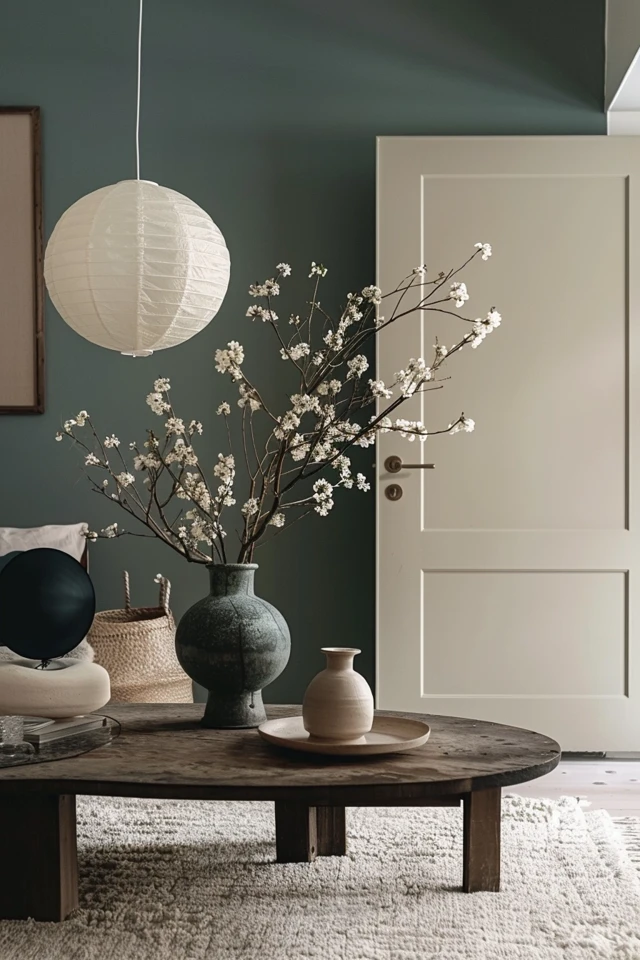
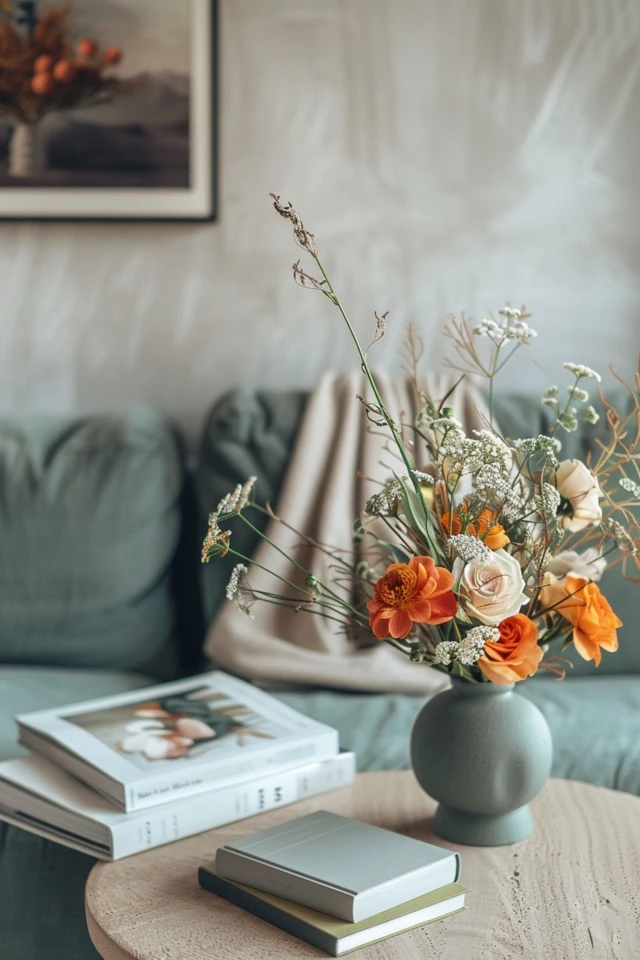

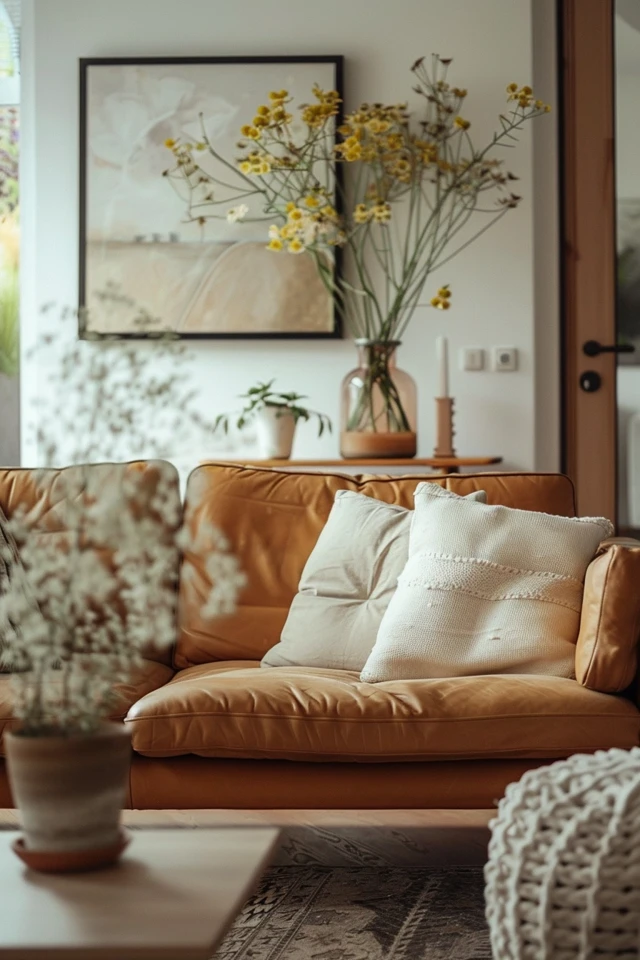

![[PERFECT SIZE] This set includes two uniquely styled yet harmoniously paired pieces, each measuring 35.4 inches (90 cm) in length, 13.7 inches (35 cm) in height, and 0.78 inches (2 cm) in depth. [PREMIUM QUALITY] Elevate your interiors with this exqu...](https://m.media-amazon.com/images/I/416Ri-1V7bL._SL160_.jpg)
